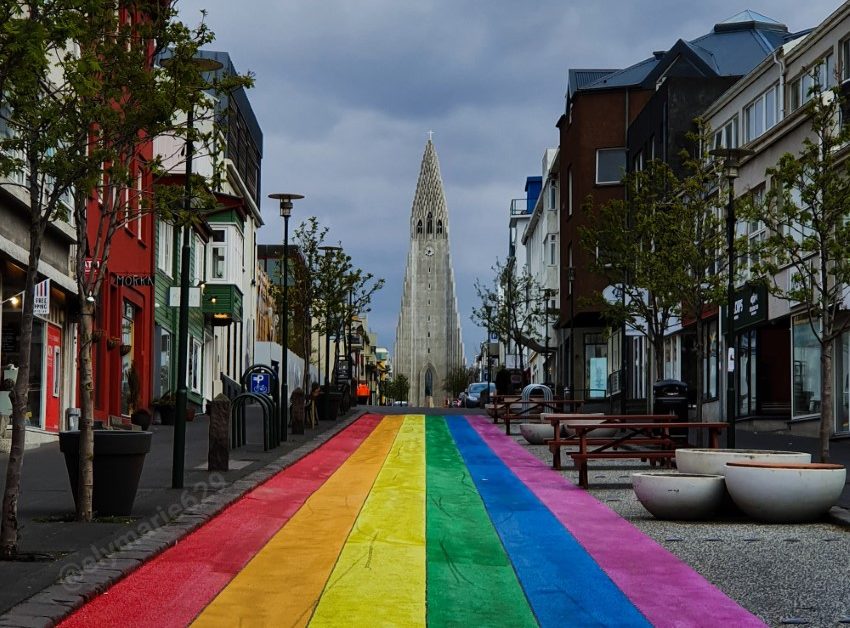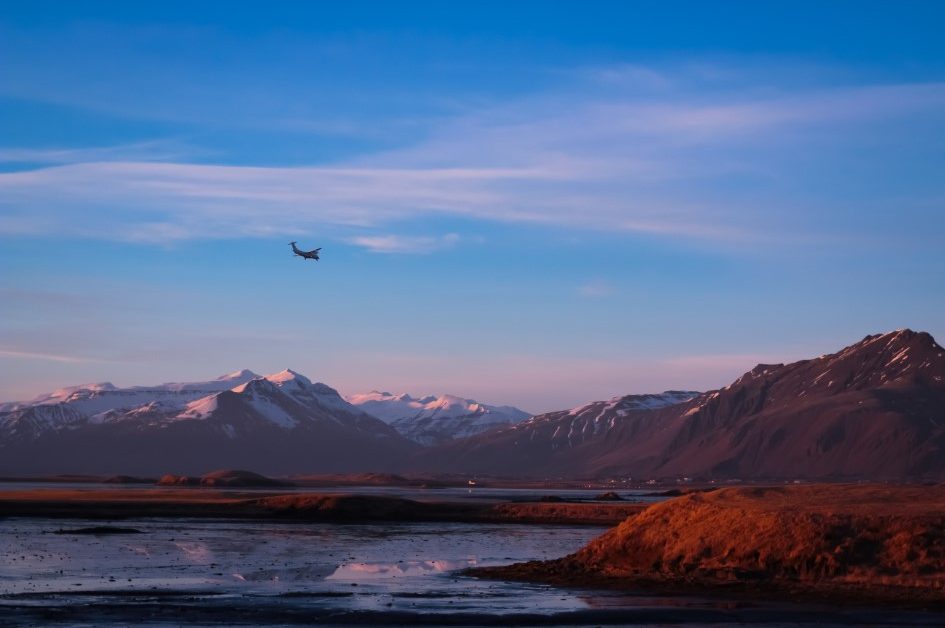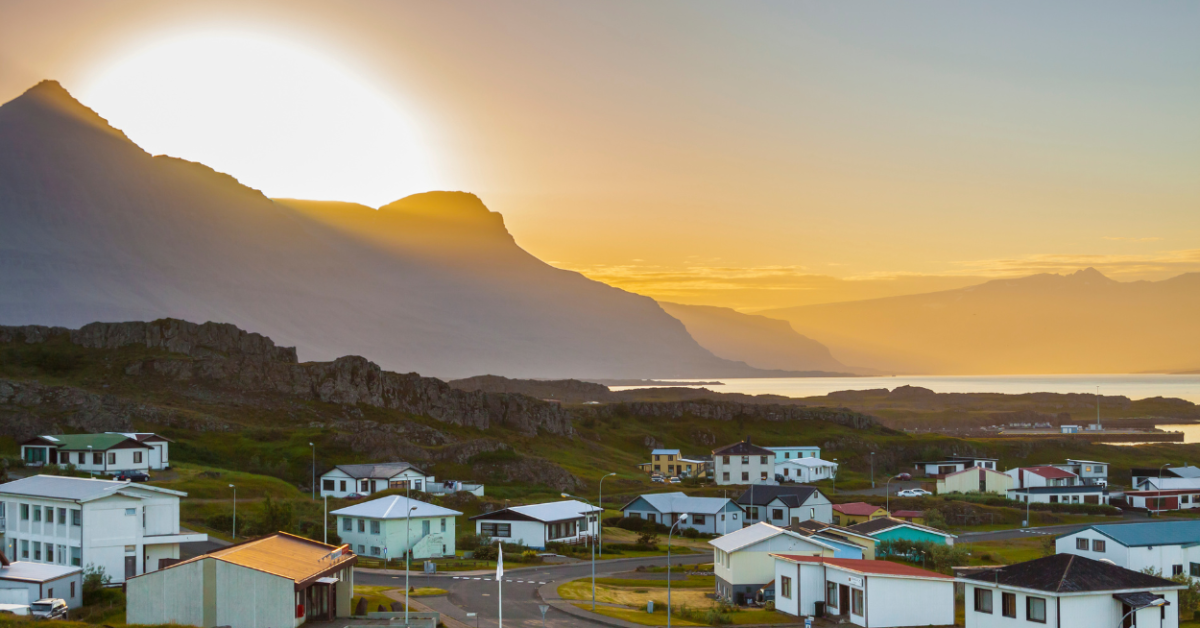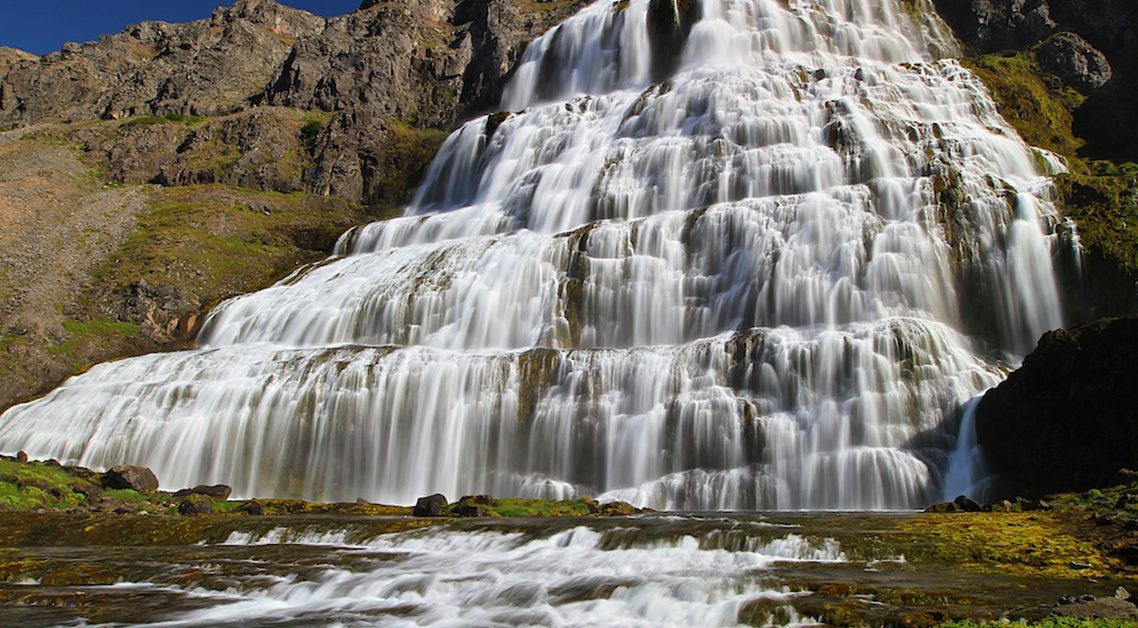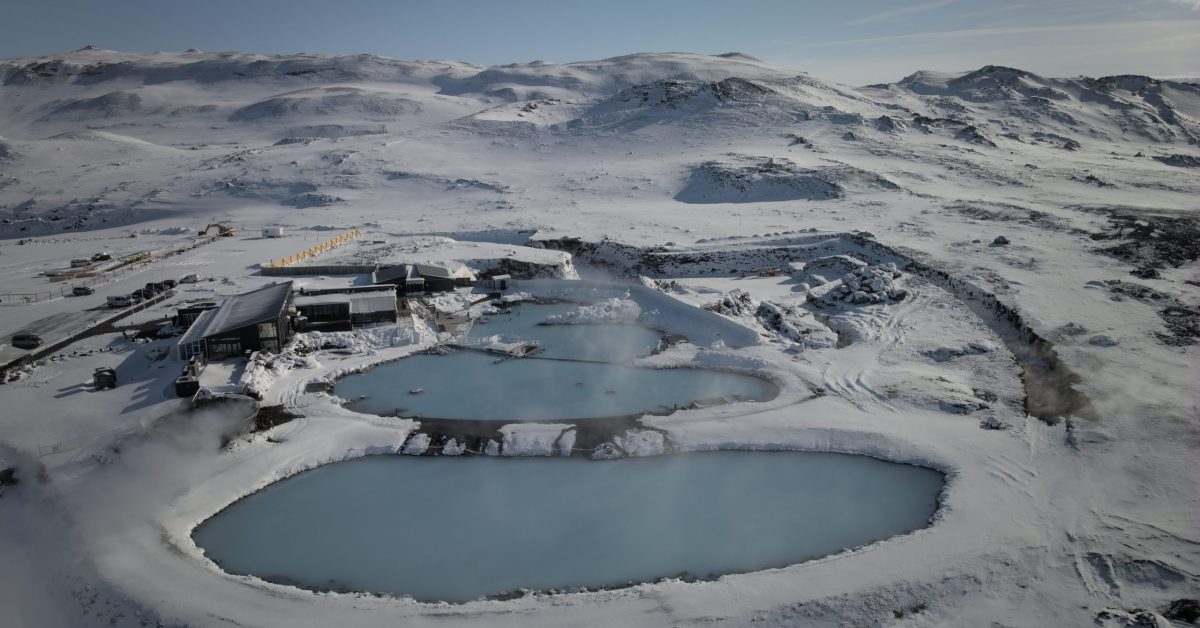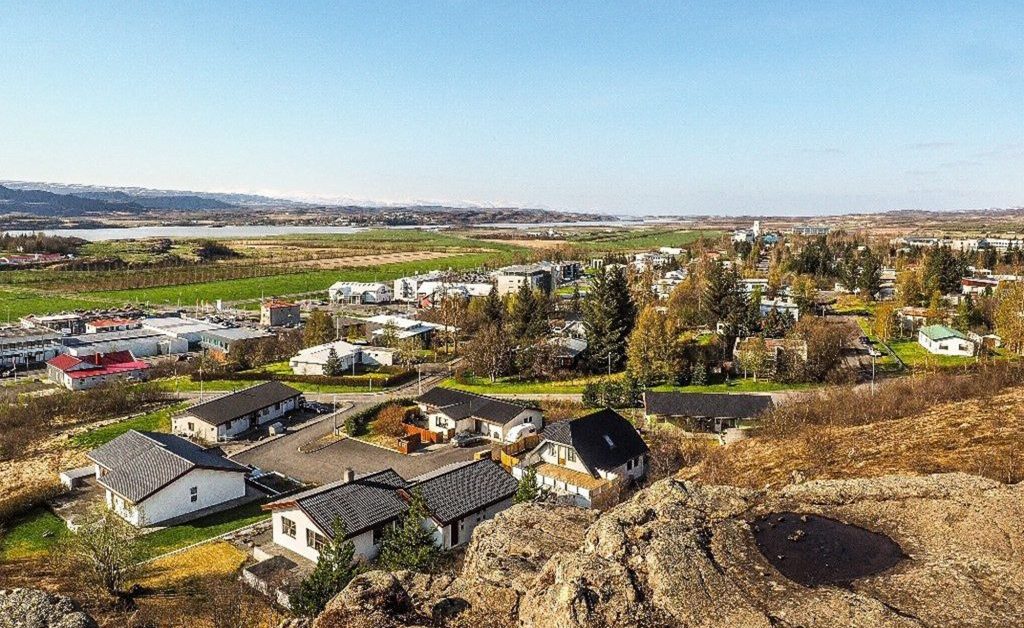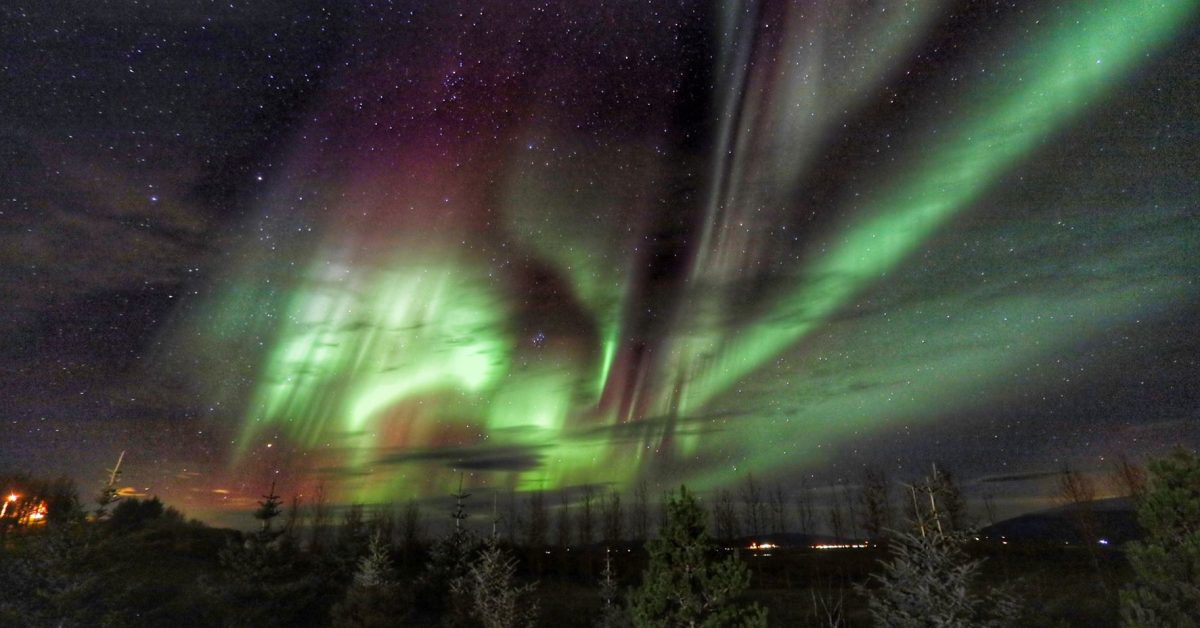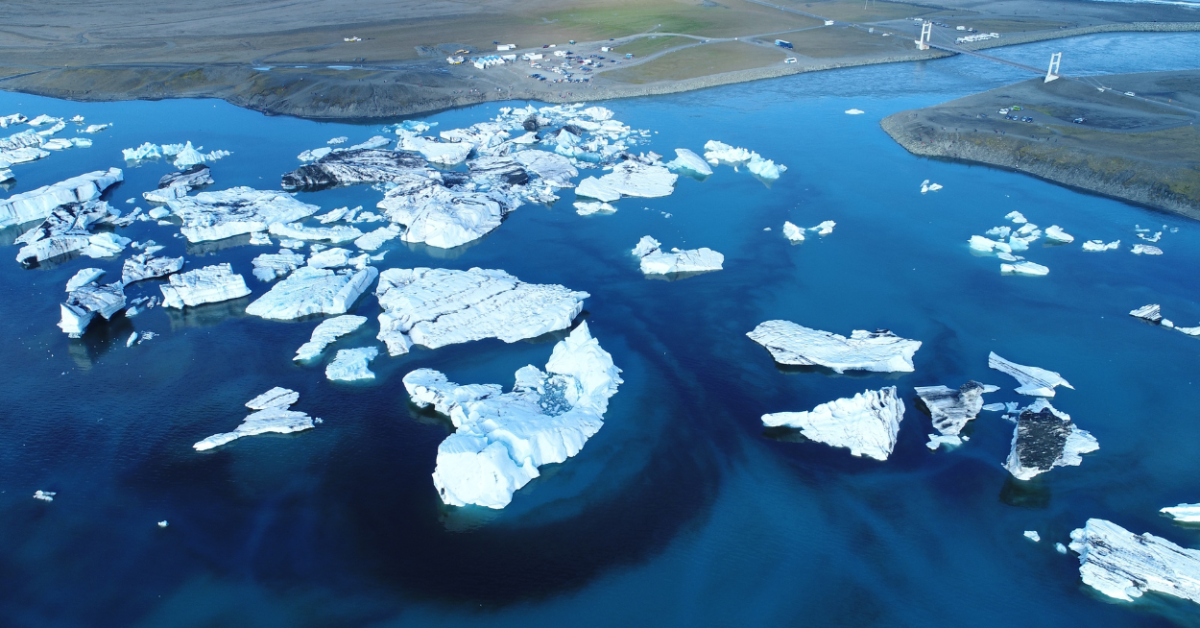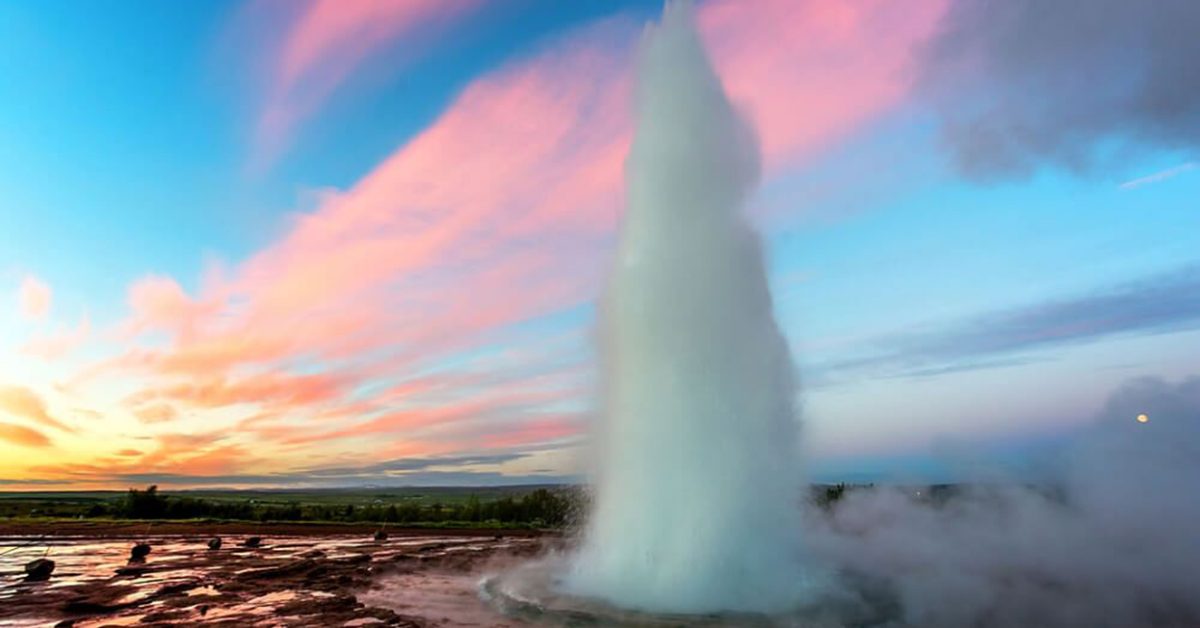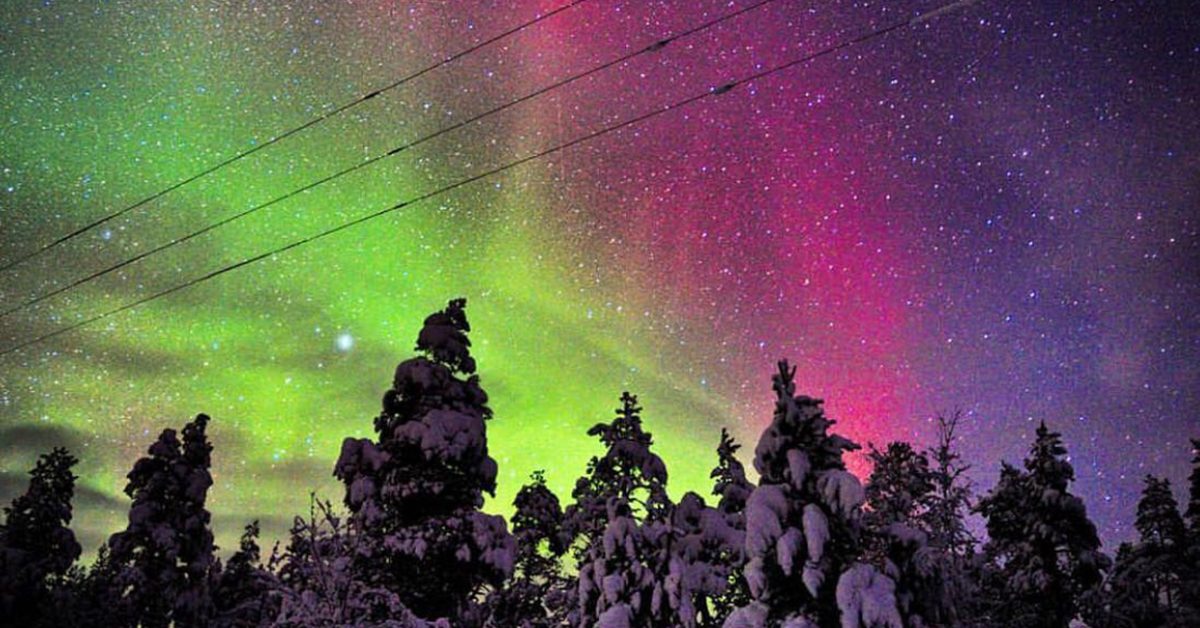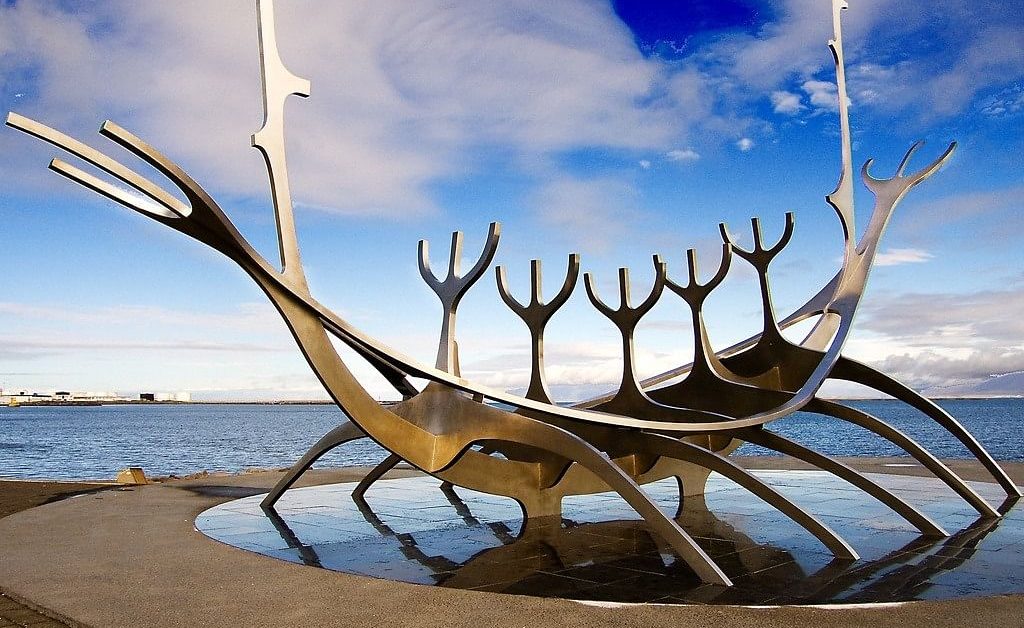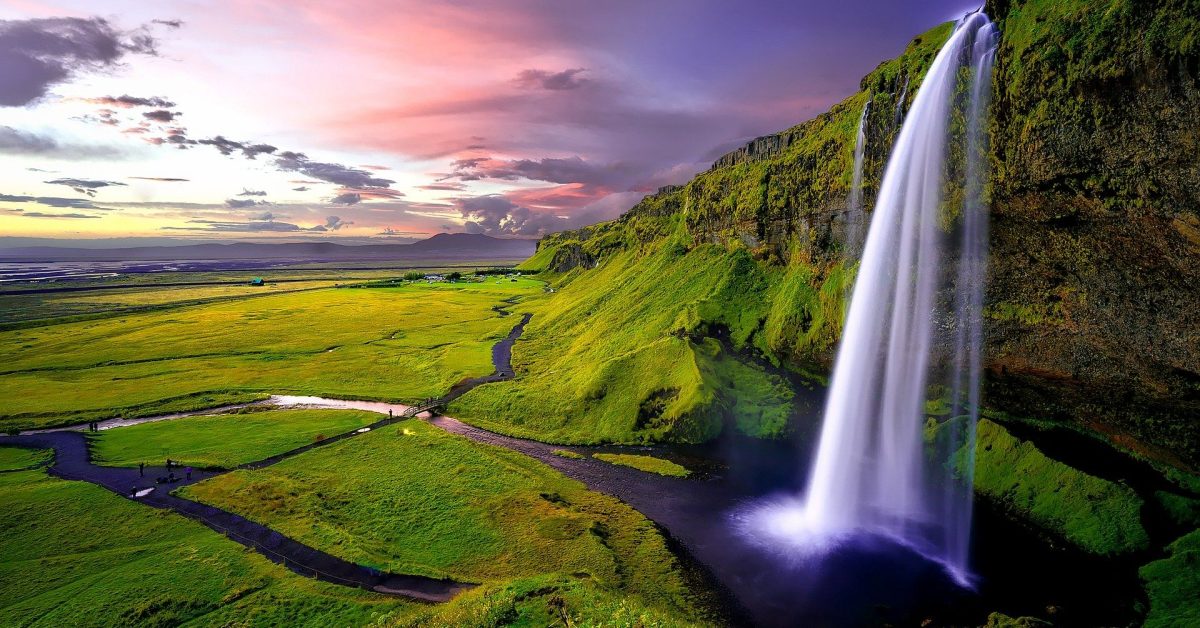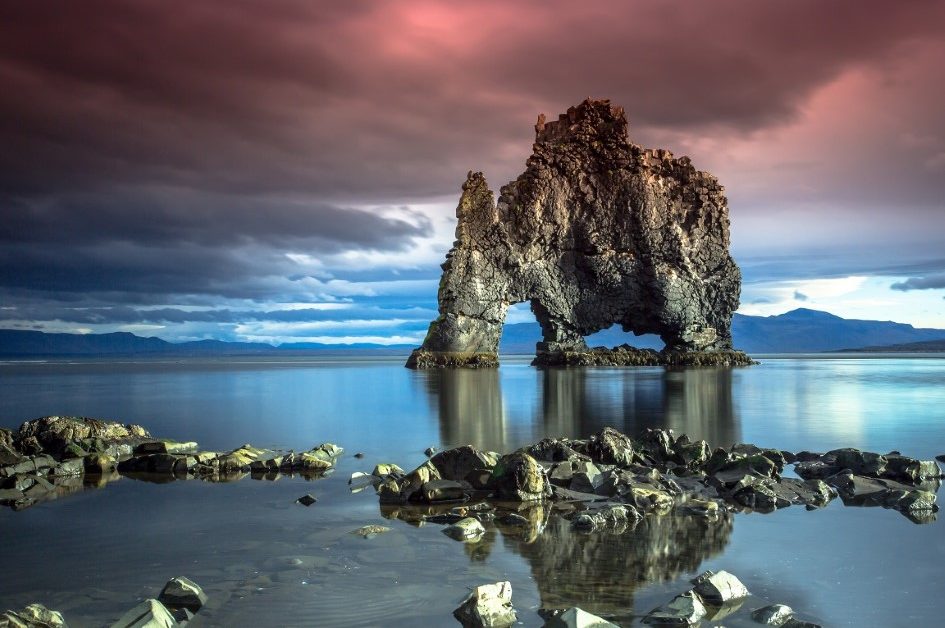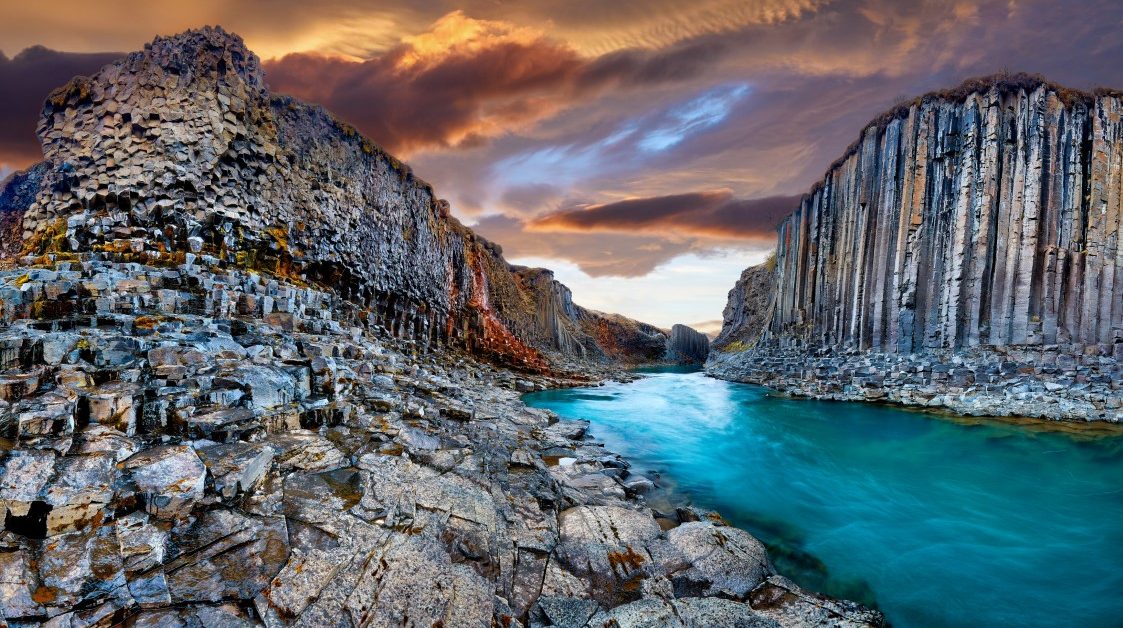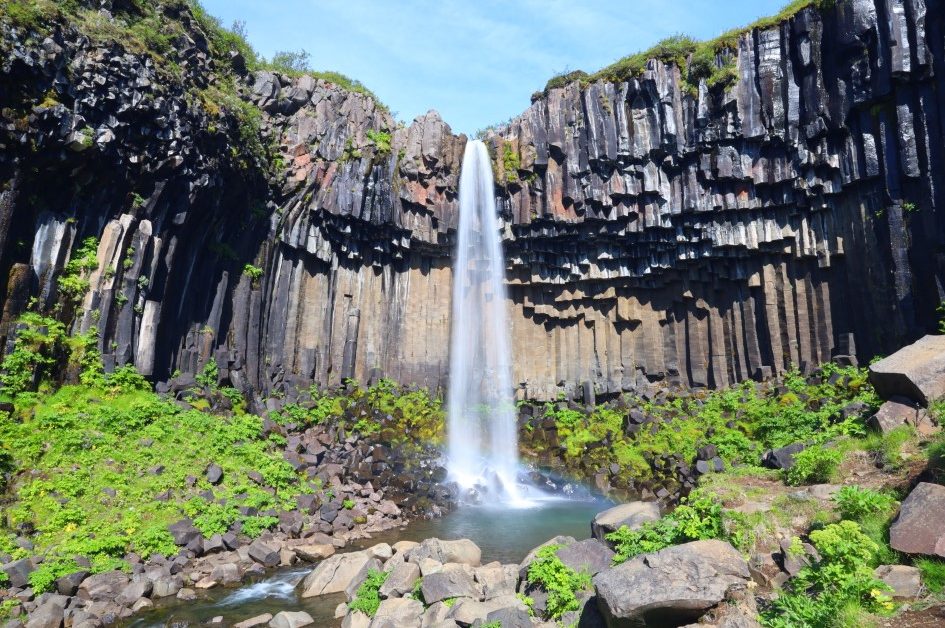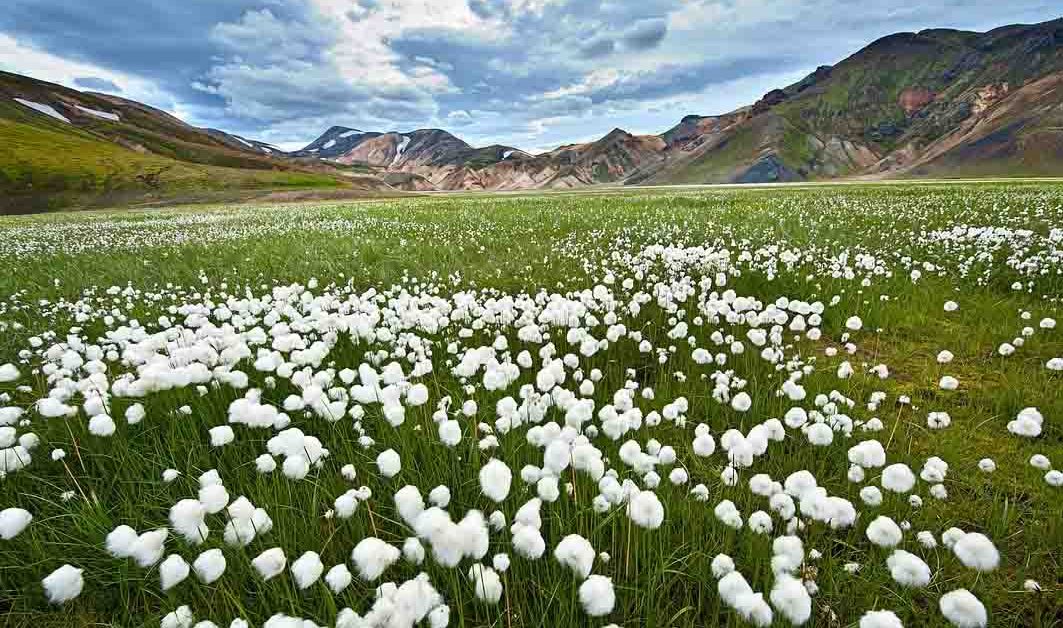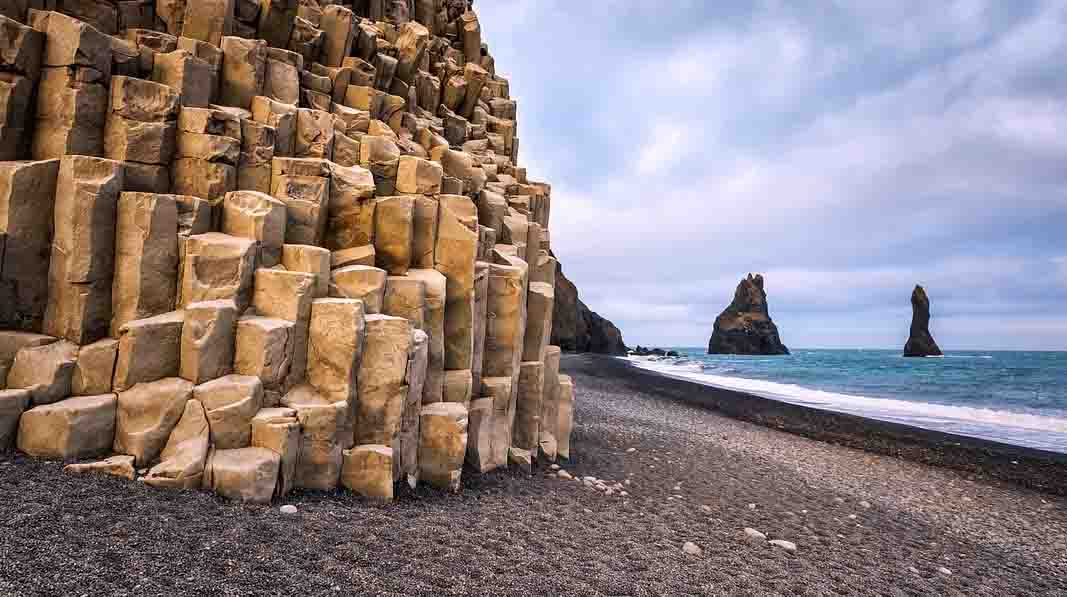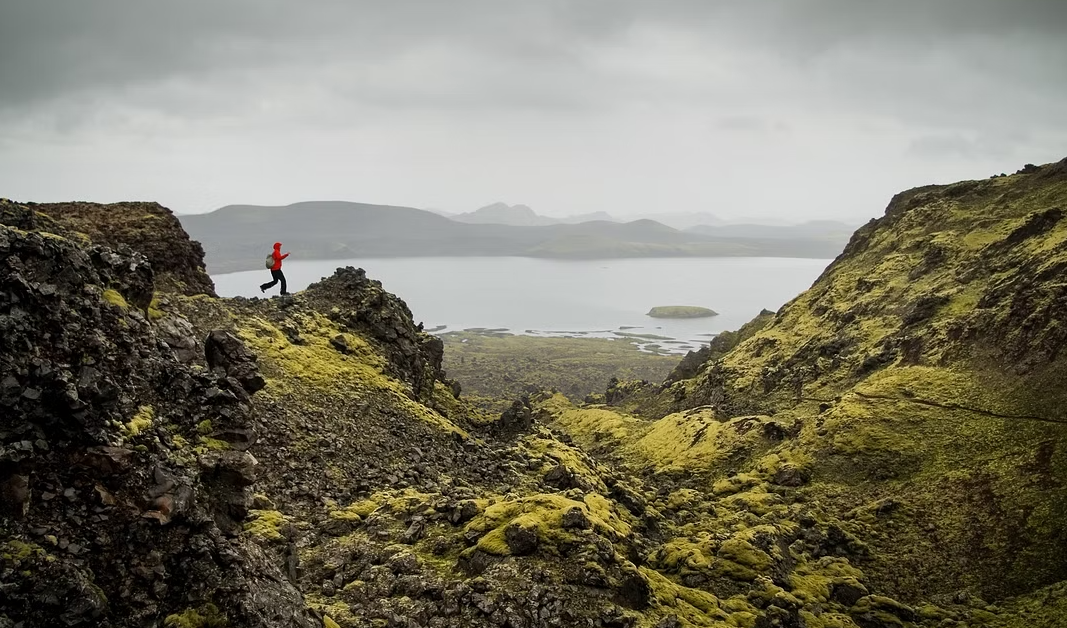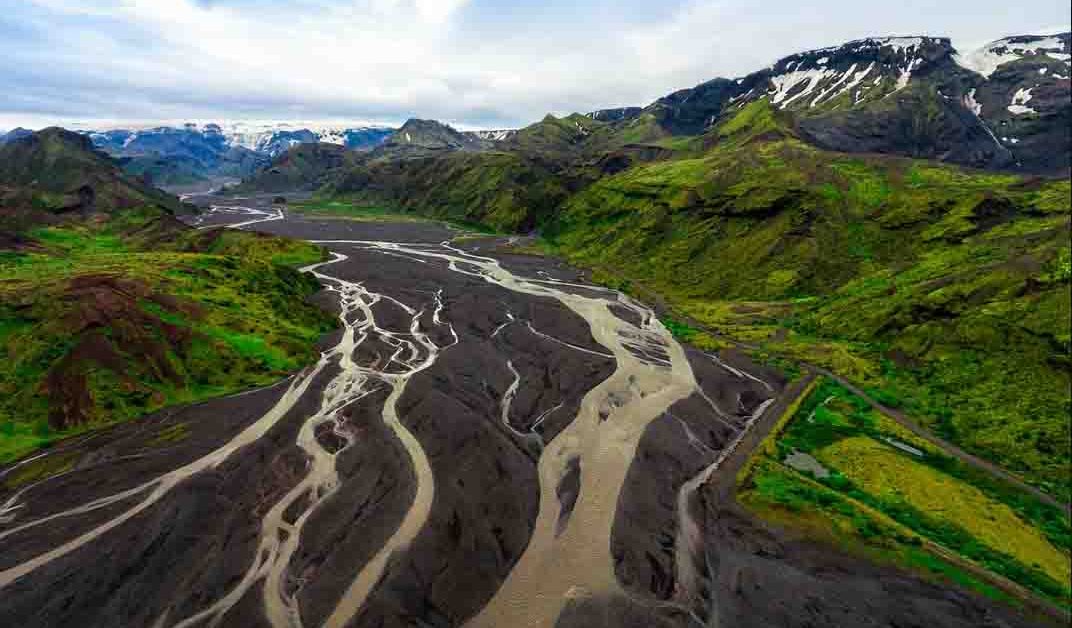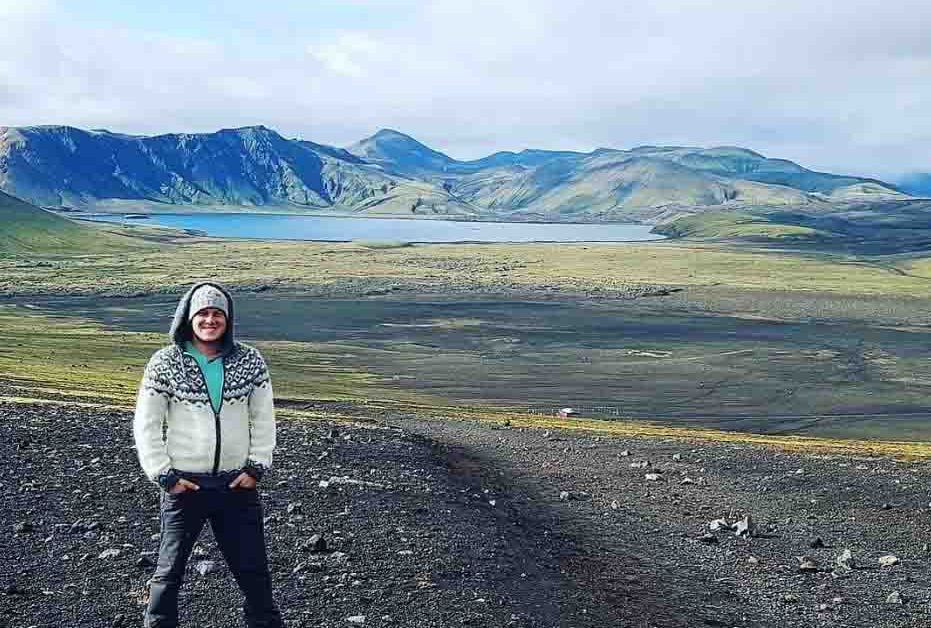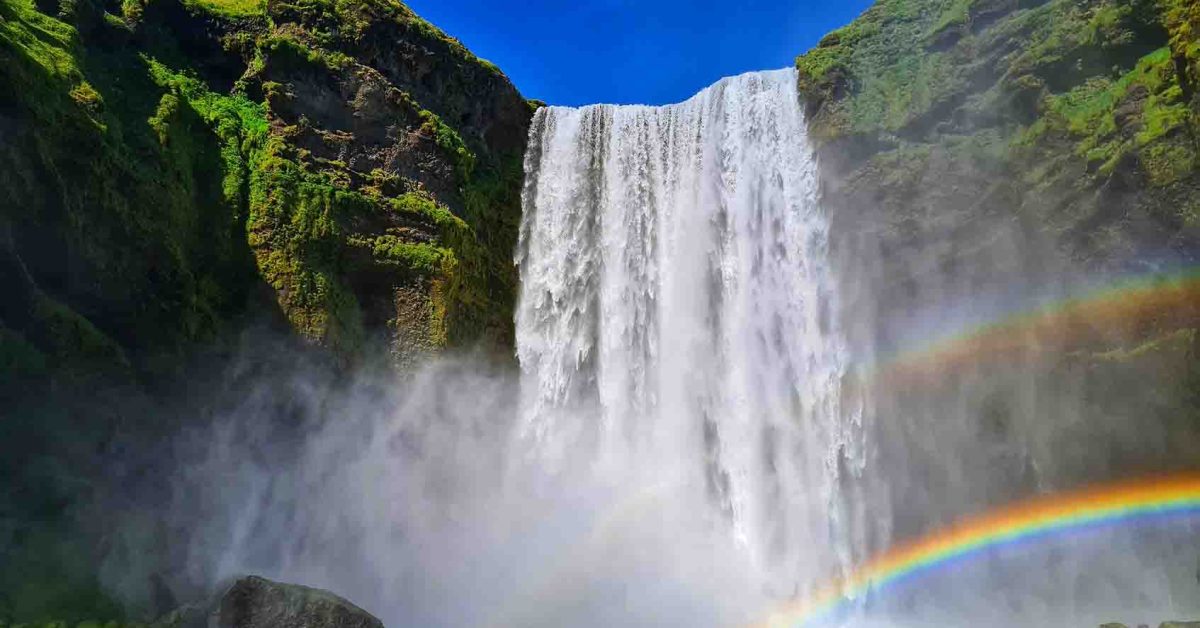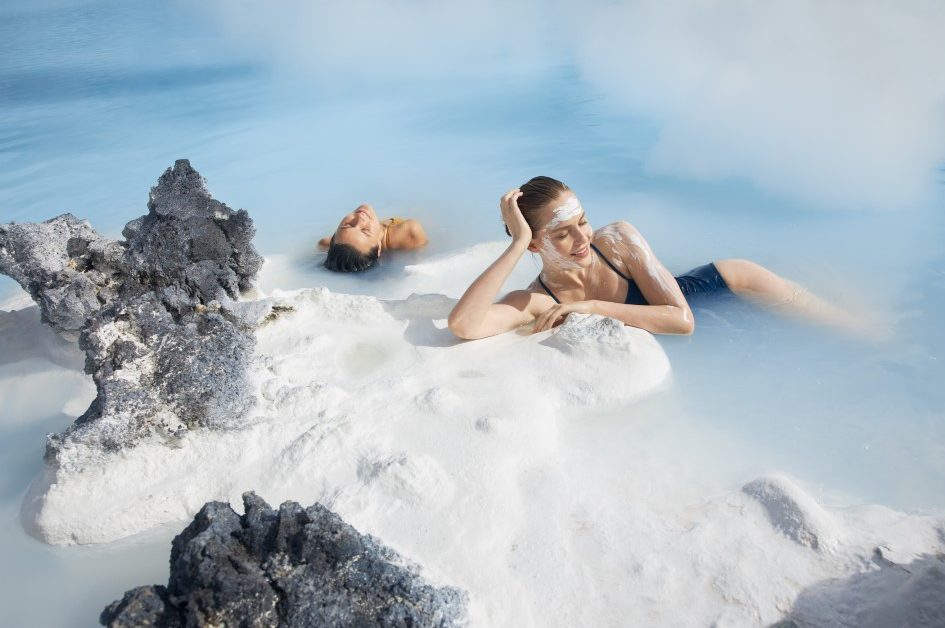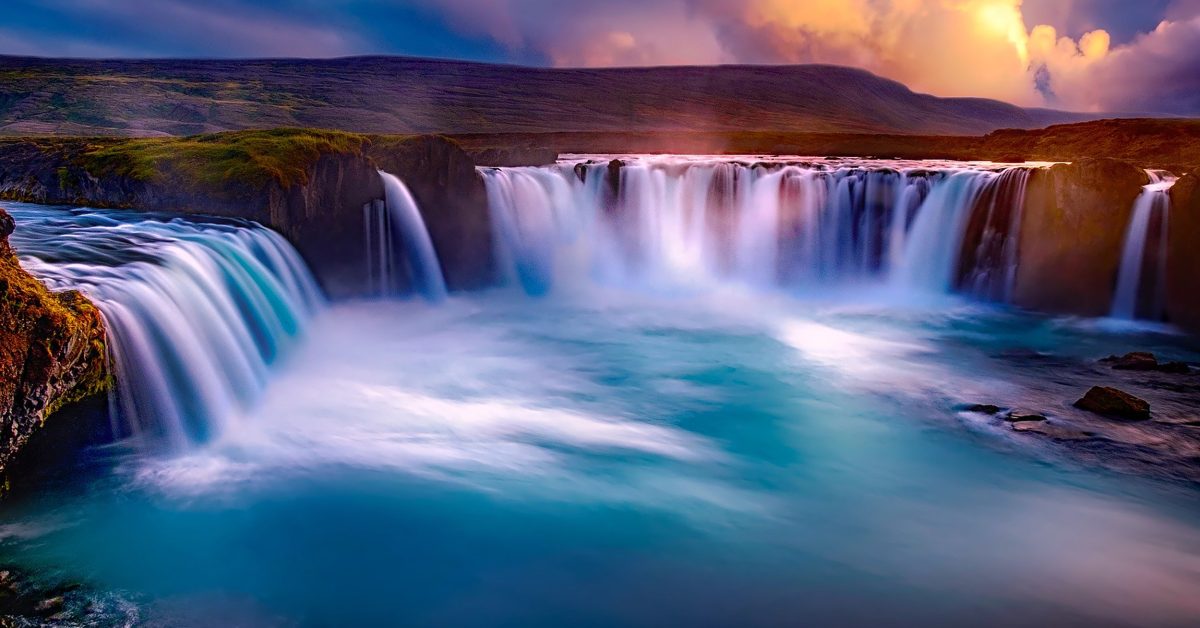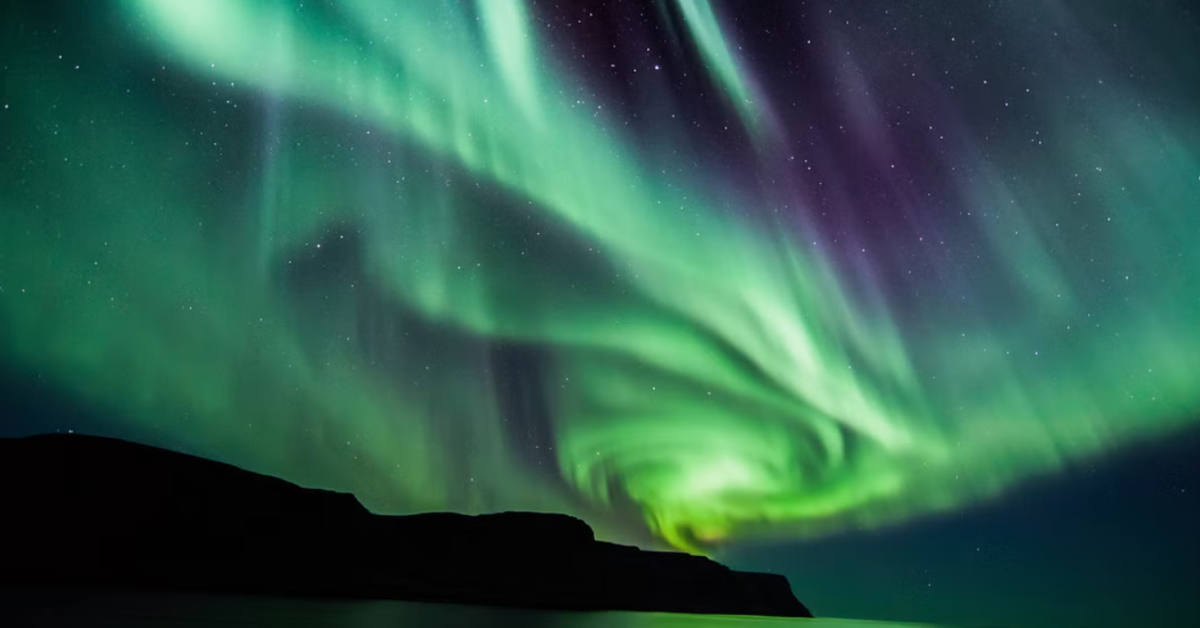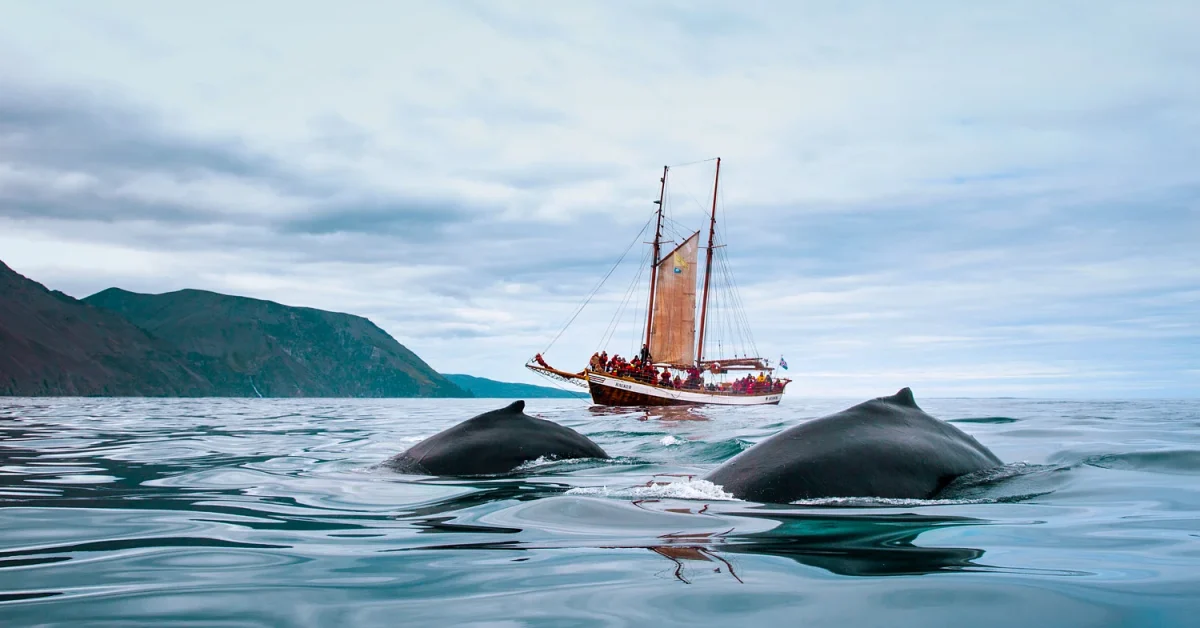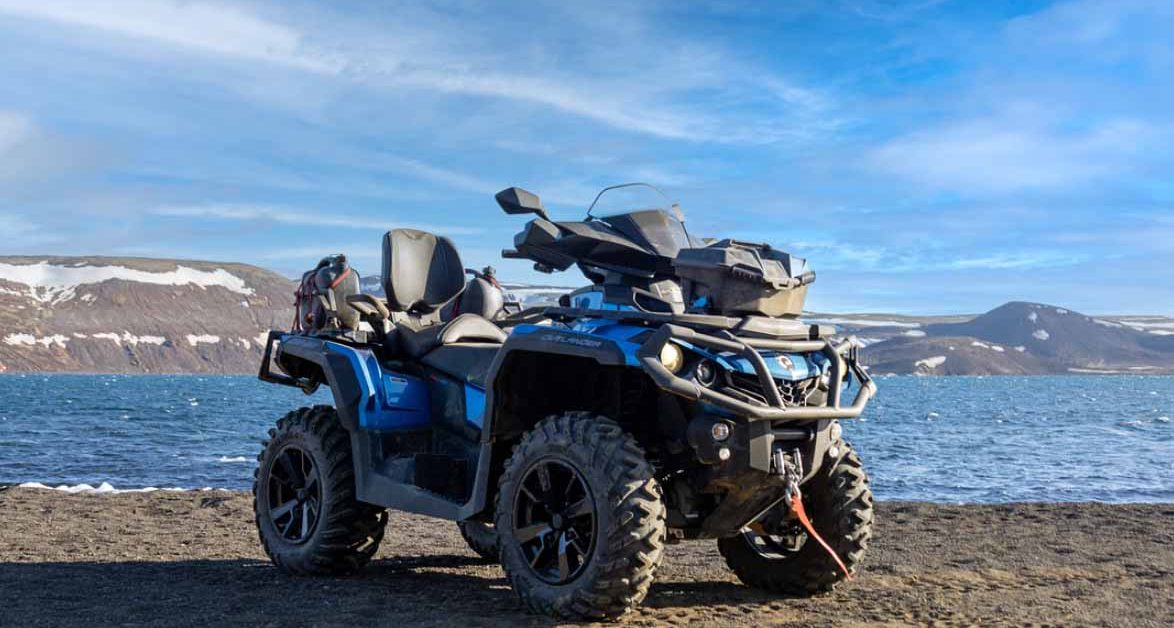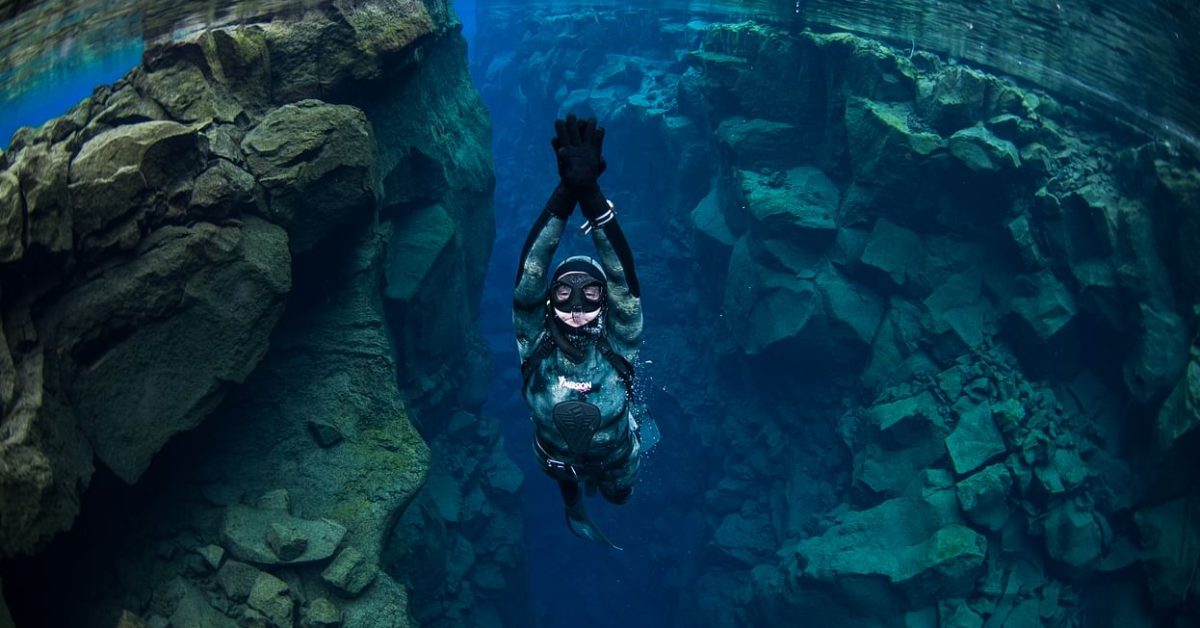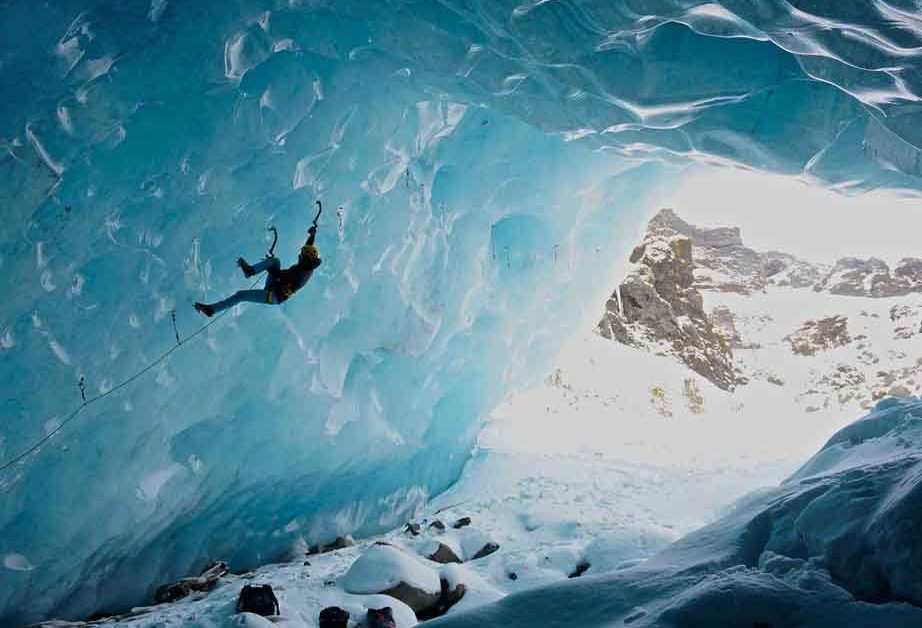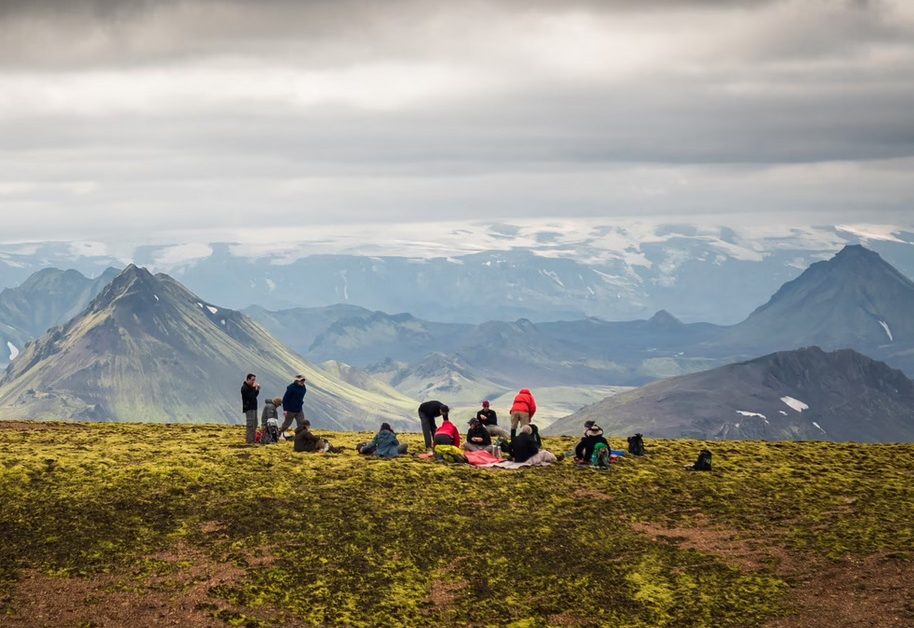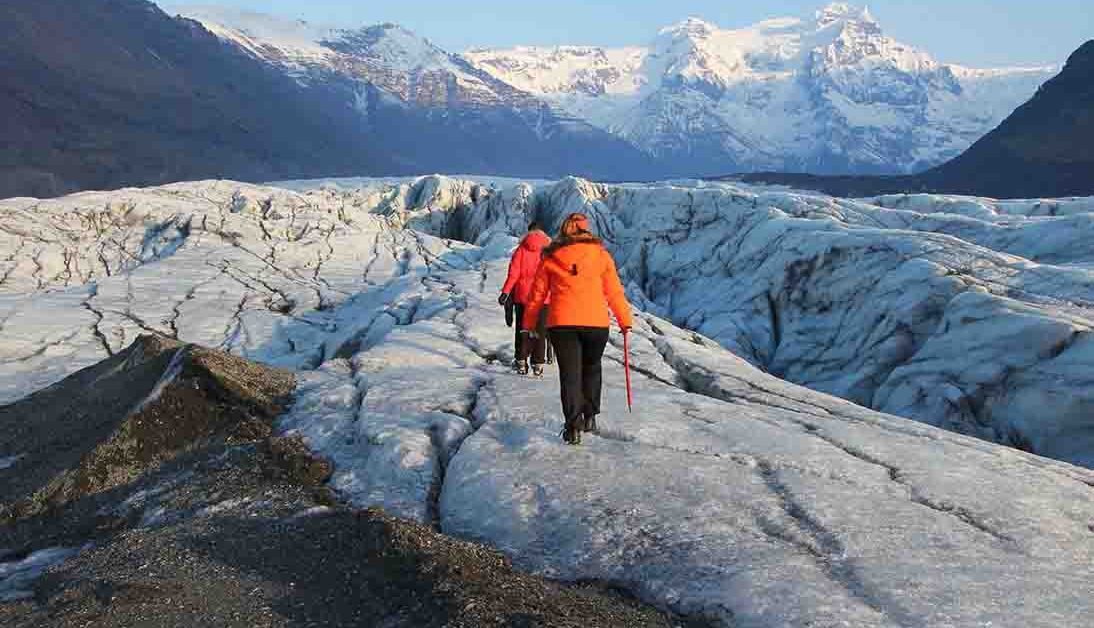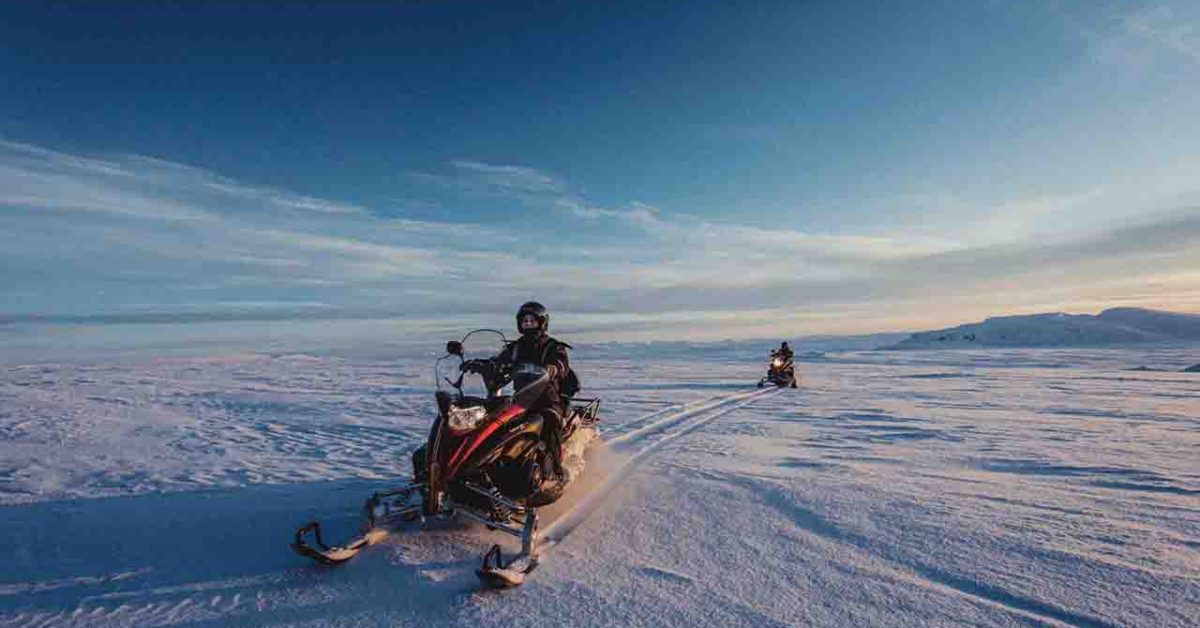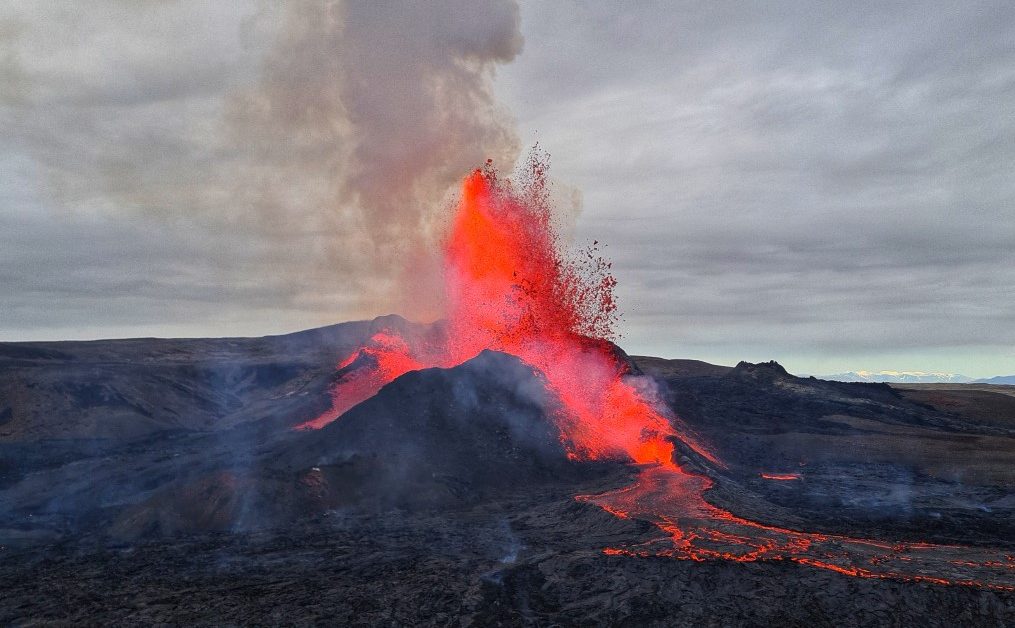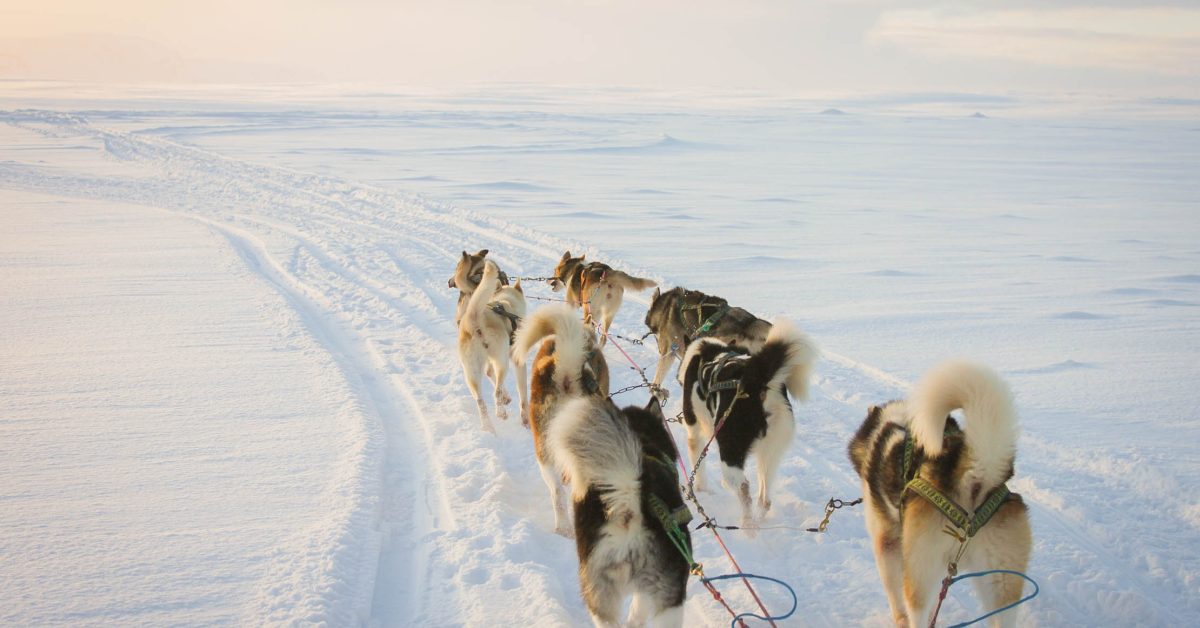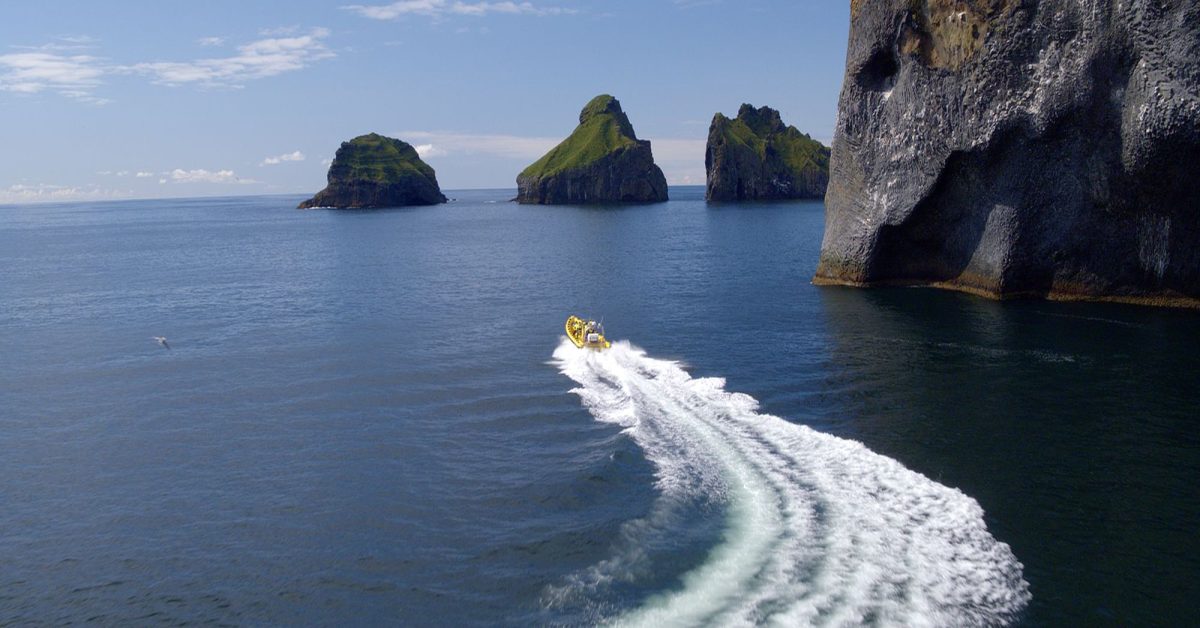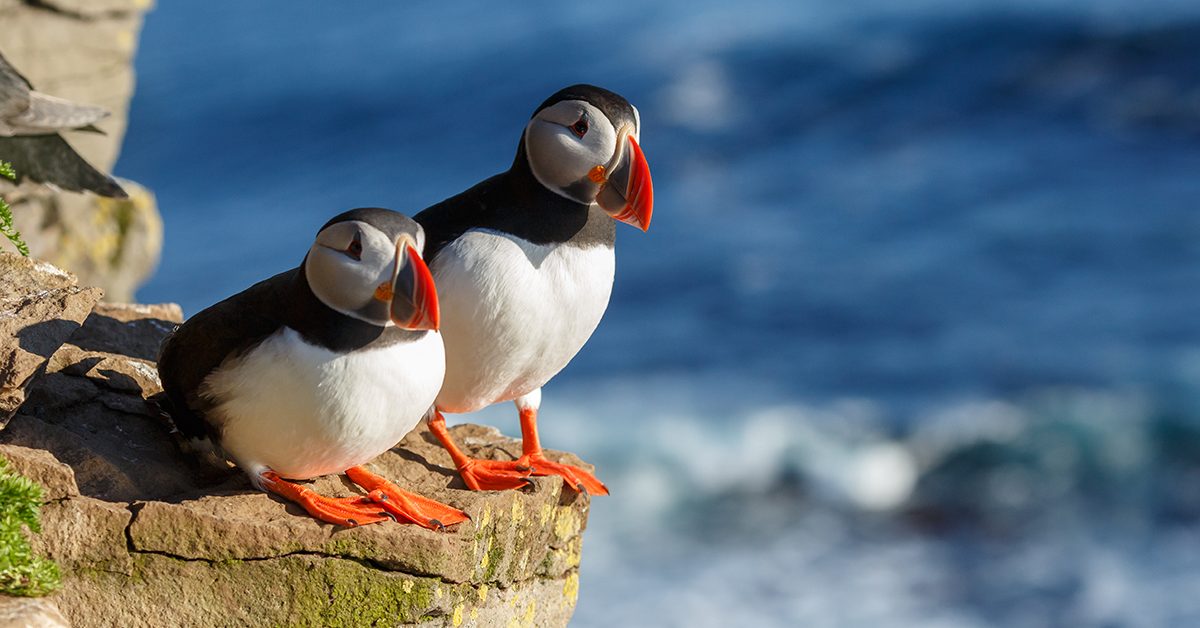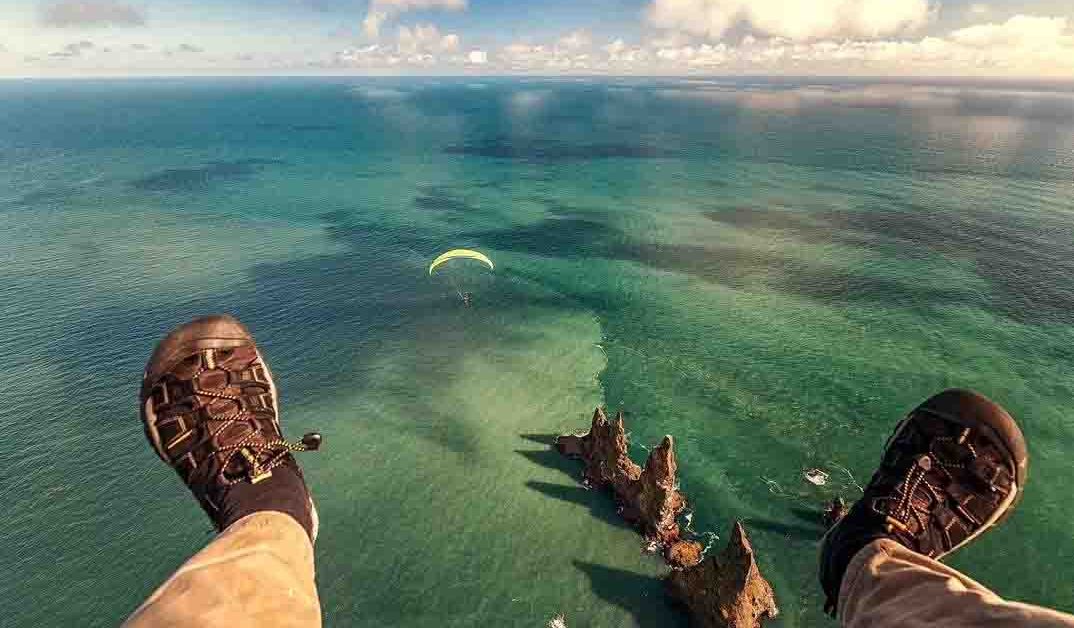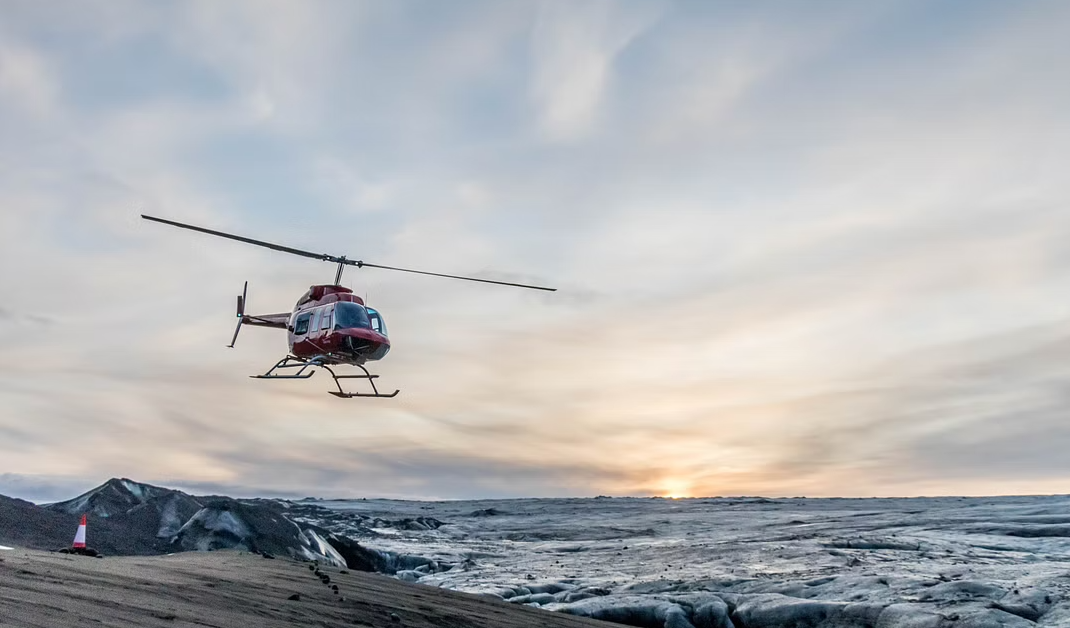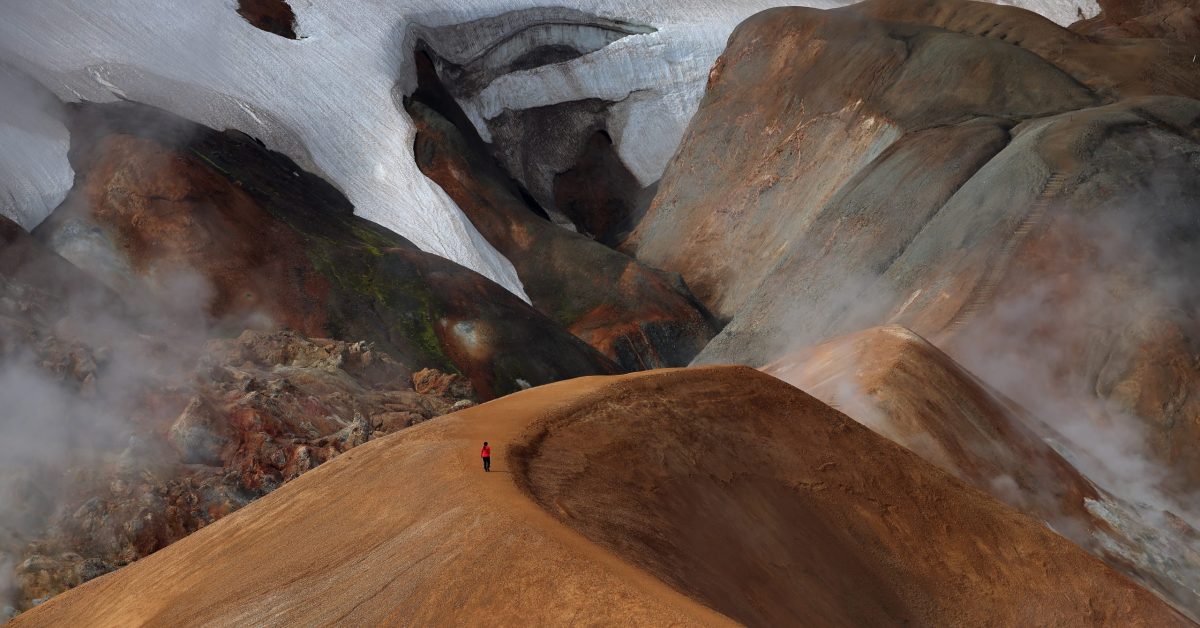The Highlights of Snæfellsness peninsula
While scrolling through the infinite source of information, cat pictures, dance videos, travel vlogs, and many other unexpected things we found on what is called “the internet”, I saw an interesting statement someone wrote about the Snæfellsness peninsula. It says that Snæfellsness peninsula is a mini-Iceland.
I have contemplated a bit about that and finally, I agree, that the Snæfellsness peninsula has a bit of everything that Iceland has to offer.
Of course, calling this a statement can be a bit exaggerated as we are subjective when it comes to a place we have already visited, but I am challenging you to either agree or disagree by going on a trip around the Snæfellsness peninsula.
Maybe I am a bit late with the trend that was on the internet some years ago but even so, you will not regret it.
I put together a mini-guide to the Snæfellsness peninsula that will tick off from your bucket list some of the highlights in the area and Iceland.
Be ready for a long blog that will be worth reading and for an unforgettable experience in the Snæfellsness peninsula.
The Snæfellsness peninsula is also the place that inspired the movie directors to film their different scenes for their cinematic masterpieces.
While you travel through the peninsula you might recognize places that you have seen in movies like “The Secret Life of Walter Mitty”, “Journey to the Center of the Earth” or the most known series “Game of Thrones” which popularised the mount Kirkjufell.
Snæfellsness peninsula is located in West Iceland and it is about 2 hours drive from Reykjavik. To drive around the Snæfellsness peninsula will take you about 3 hours, but to visit and discover it, I would recommend two days and one night or three days and two nights if you are about to do some hiking activities there.
Even before getting into the Snæfellsness peninsula area, you can stop along the way to visit some places that will get you closer to the Icelandic culture, heritage, and nature.
Starting your trip from Reykjavik you have to drive north to Road 1 and after 50 minutes of driving, you will get to the area of Akranes fishing village where you can have a little stop at the Akranes old lighthouse.
We have decided previously that Iceland is a photographer’s paradise. And the more you will explore the country the more you will convince yourself that the statement is true.
If you are a photography lover you will want to stay forever in Iceland as you will discover every day, that this little but extremely beautiful country has something to offer at every step.
Leitmotifs of Icelandic photographs are lighthouses. Being a country with a tradition of fishing and sailing, you will find lighthouses all around the country, one more beautiful than another.
In this blog, you will read about Akranes lighthouse which has been voted one of the 6 most iconic and picturesque lighthouses in the world.
Located in the West part of Iceland, in the fishing village of Akranes, the lighthouse was built in 1918 and functioned until 1947 there was built another lighthouse just a few meters near the first one.
The new lighthouse is open to the public and you can enjoy a beautiful photography exhibition inside it. The place and the lighthouse itself were and still are the subject of many photographs taken in every season.
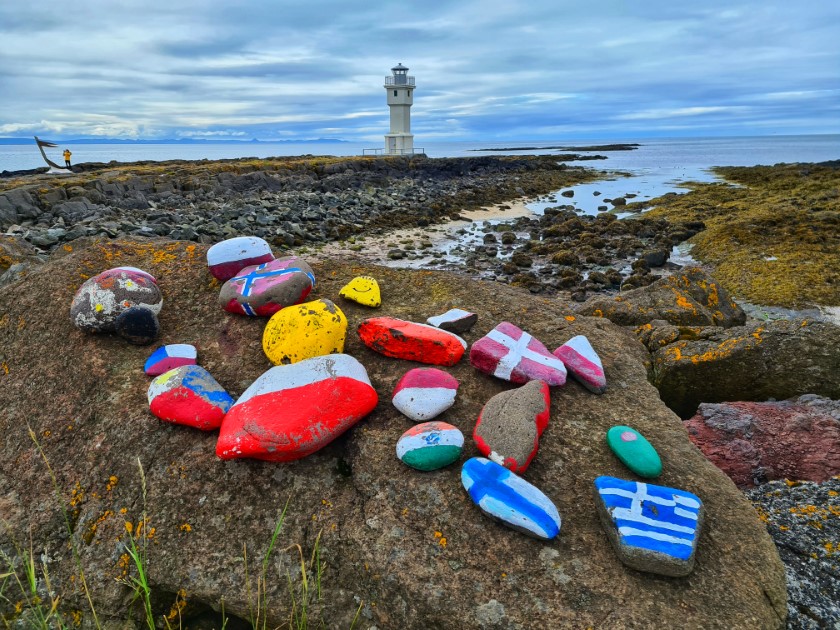
The village of Akranes is located 45 km north of Reykjavik and it has a population of 6 600 people. It is a traditional fishing village and in the past years, it has become a beautiful tourist attraction because of the lighthouse and the abandoned shipwreck.
The ship was built in 1955 and it was a part of the herring fleet. The ship is called “Höfrungur” which means dolphin and it can be found some minutes driving away from the Akranes lighthouse, on the slipway.
If you are a photography lover or not, you won’t regret stopping by this beautiful place in West Iceland. You will find Akranes village between Reykjavik city and the town of Borganes.
After your stop in Akranes, you have to follow Road 1 to the town of Borganes. But before getting into the town you have to follow road 50 to Reykholt if you want to taste a local beer, to learn about an Icelandic writer, or to see the hottest hot spring in Iceland.
In the Reykholt area, you will find the Snorrastofa Museum and Snorralaug pool.
Nordic culture is fascinating. It is known also as Viking culture. Icelandic culture is one of them and there are many sagas about it. Icelandic culture has rich folklore and many Icelandic writers have written books about it.
In Western Iceland, there is a museum known as the Cultural Research Centre for medieval study and it is also dedicated to the work and life of the local writer Snorri Sturluson (1179–1241).
The research Centre is independent and its main purpose is to “instigate and conduct research on the medieval period in general, and Snorri and his works in particular.” (Icelandic Saga and Heritage Association)

Snorri Sturluson has written two works that are very important in Icelandic culture. One is Heimskringla which is a story of the Norwegian kings from the 10th to 12th century.
The other one is Snorra-Edda which is considered to be one of the most important works existing in the Icelandic culture as it is about Nordic mythology and ancient Nordic poetry. Many people say that modern fantasy was inspired by Snorri’s writings.
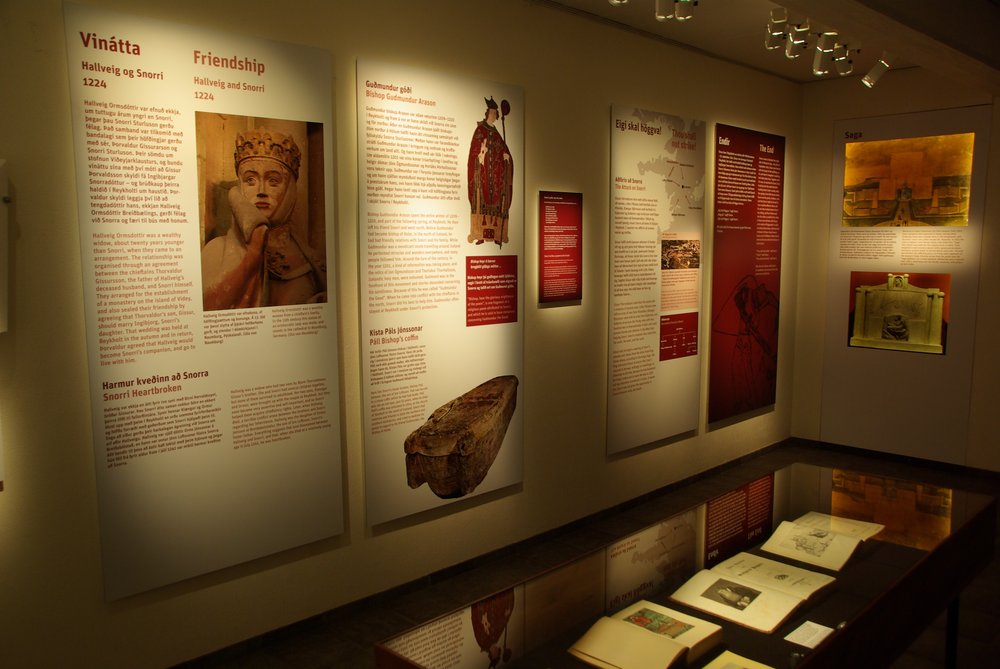
Near the building of the museum is the oldest geothermal pool in Iceland, Snorralaug. It dates back from the Middle Ages and appears mentioned in many writings, some of Snorri’s writing included. This pool was one of the first protected sites in Iceland and you cannot bath in it.
The Snorrastofa and Snorralaug are located in Reykholt in Western Iceland, north of the town of Borganes. If you are a fan of Icelandic culture then a stop there would be a nice experience and so is tasting a local beer.
Among many other things, Iceland is also known for beer. The love for beer is really strong here in Iceland as there is even a spa where you can soak yourself in warm beer.
A very important this is that every brewery in Iceland uses one of the purest water in the world. This mini-blog may be interesting for our male audience or beer lovers, but we do not discriminate so everyone is welcome to read more about Icelandic beer.
There are a lot of breweries throughout the country but in this blog, I will present you with a brewery located in the West part of Iceland. So if you are planning a trip to West Iceland or the Snæfellsnes peninsula add this place to your bucket list, believe me, it will add flavour to your trip.
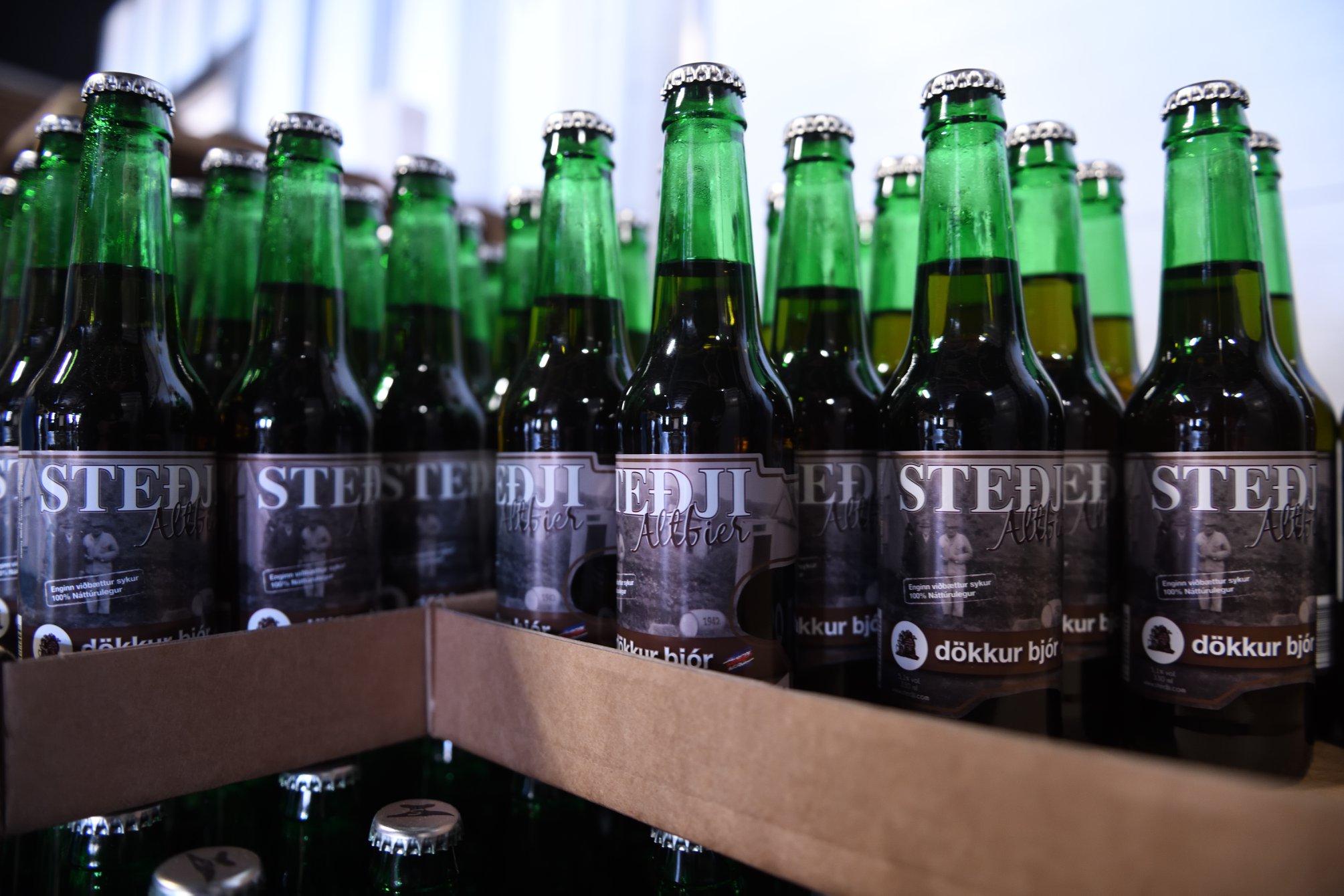
Steðji Brewery is a nice stop while wandering in the West of Iceland. There they “change the world’s greatest water into beer”. The brewery was open in 2012 and it’s owned by a local family.
The most popular beers they have are lager and the Icelandic Northern Lights beer, but every year they release new types of beer made in collaboration with a professional German brewer. They even have seasonal beers.
The brewery has spring water that is used for making beer. The owners also offer tours inside the brewery and you can also taste their beers at the end of the tour.
The brewery is open every day from 13.00-17.00, but it is closed Sunday. So make sure you won’t be there on a Sunday because you will miss a nice tasting experience.
To get to Steðji Brewery, “from Reykjavik, head north on Route 1 towards Borgarnes for about 70km. Before crossing the bridge to Borgarnes, turn right onto Route 50 towards Reykholt.
Follow route 50 for about 20 km until you pass a sign for 515, then keep an eye open for a big beer bottle on the right, marking the entrance to the Stedji Brewery. The Brewery is just up the short driveway towards the farmhouse. 64°36’48.9″N 21°29’25.1″W.“(stedji.com)
Friendly reminder: Do not drink and drive! 🙂
Since you are in the Reykholt area, go check out the hottest hot spring in Iceland.
Hot springs and geothermal baths are a part of the Icelandic heritage. From Viking times, Icelanders used hot springs and geothermal water for their rejuvenating and healing properties. Nowadays, geothermal water is used also as a renewable resource of energy.
Many natural geothermal pools you will find in Iceland have nice warm water, perfect for soaking in. But some pools have water with a higher temperature and it is very dangerous.
In western Iceland, there are some places with such kind of hot water and one of them is Deildartunguhver.
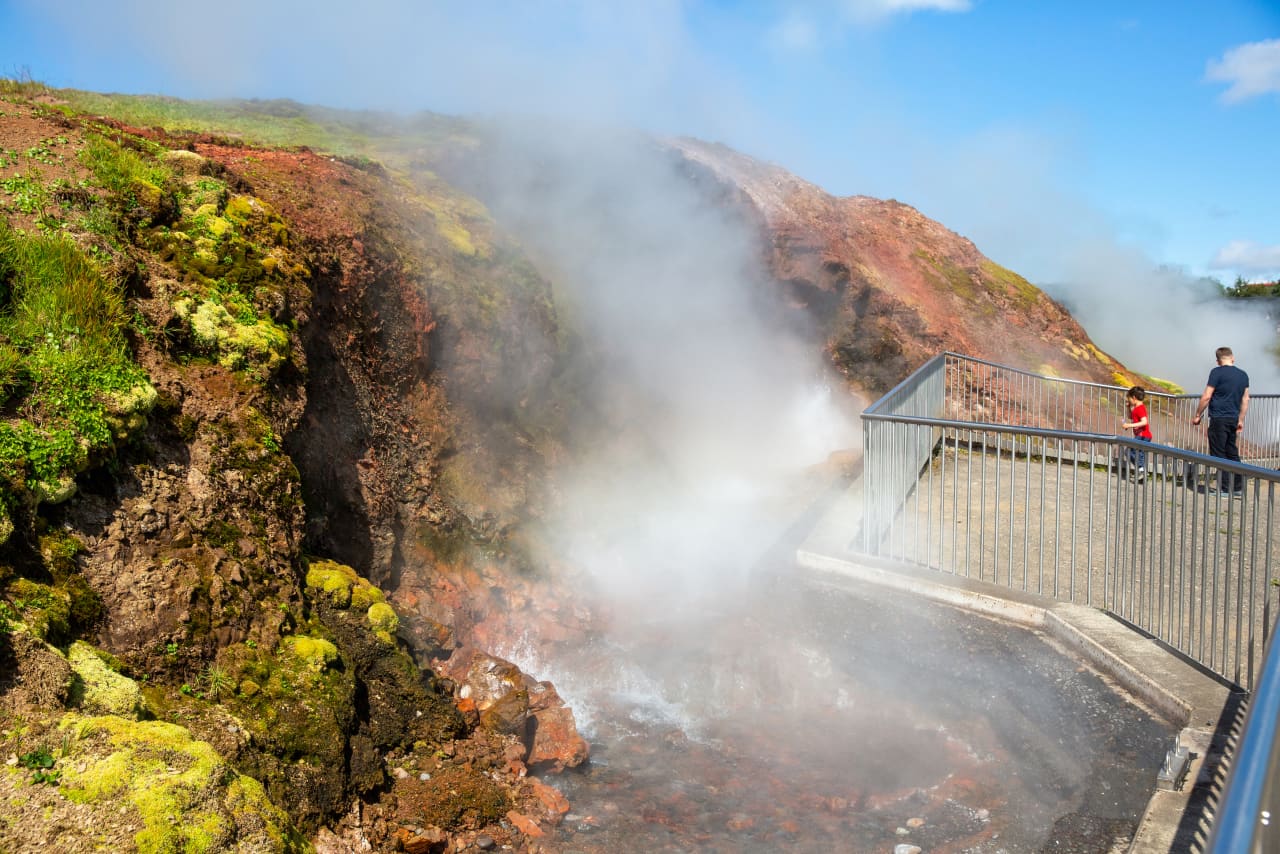
Deildartunguhver is a natural hot spring located in the West of Iceland. It is also the highest flowing hot spring in Europe with a rapid flow of 180 litres per second.
The hot spring can be found in Reykholtsdalur district which is one of the best places to see hot springs in Iceland.
Deildartunguhver emerges at 97 °C which makes it dangerous for use in its natural form, but it is perfect for using it as a renewable resource of energy for heating Icelanders’ homes.
From Deildartunguhver, two pipes are travelling to distribute the geothermal energy, one for 34 km to the town of Borganes and another 64 km to the town of Akranes.
Even though the water in Deildartunguhver is dangerous, there are some wooden walk paths and observation points that will protect you from any danger.
Also, the water from Deildartunguhver is used by Krauma for their geothermal baths. The hot water is mixed with cold glacial water which creates the perfect bathing temperature. So if you want to try the water from Deildartunguhver, stop at Krauma and have a relaxing moment in one of their six pools.
Deildartunguhver is very close to Hraunfossar and Barnafoss waterfalls so if you are wandering around, check the waterfalls too.
After wandering in the West part of Iceland now is time to discover the mini-Iceland hidden in the Snæfellsness peninsula. You can drive from Borganes to the Snæfellsness peninsula on Road 54 which circles the peninsula.
As you follow the road, your first stop may be at Gerðuberg Cliffs, a really impressive formation of basalt columns located in The Snӕfellsnes Peninsula.
Those were formed after an eruption that happened thousands of years ago. The entire place looks like a wall made out of basalt columns that are over a kilometre long. The columns are 14 meters tall and almost 2 meters wide.
The formation of columns is a very interesting process. The perfect shape was given by the rivers of lava that drowned from the volcano and were cooled by the ocean’s cold waves. The combination of hot lava and cold waves gave the cliffs this perfect geometrical appearance.
This place is unique as there are not so many places in the world where you can see such geological formations. People usually compare them to a fortress wall.
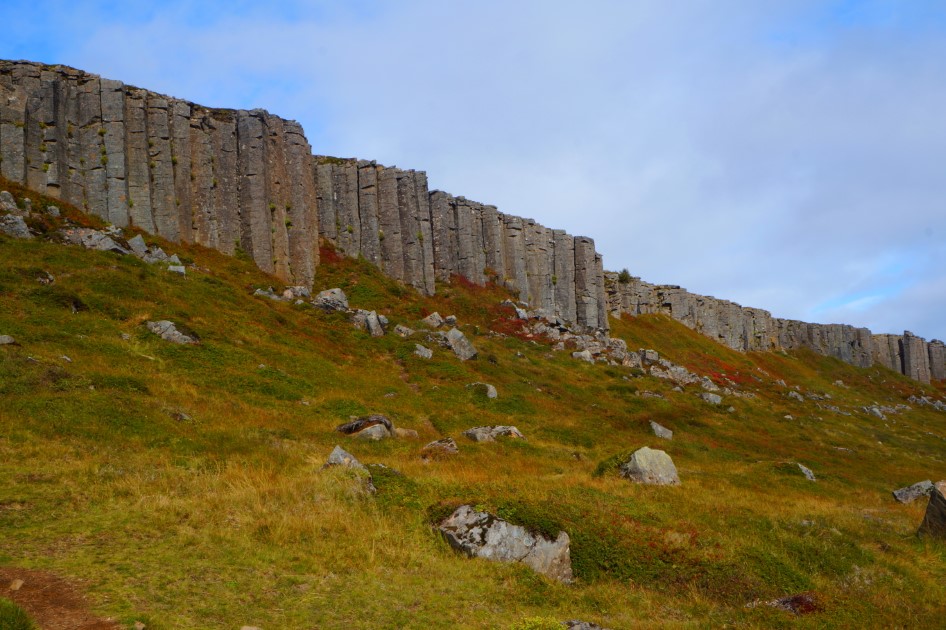
The cliffs are visible from the main road so it will be hard to miss them. They make the stopping place for many tourists and it is one of the many attractions from the Snӕfellsnes Peninsula.
For wildlife lovers, there is a place in the Snӕfellsnes Peninsula where you can enjoy watching the seals resting on the stones during the summer.
Located on the South coast of Snæfellsnes peninsula, Ytri-Tunga is a sandy beach that has a little secret hidden away down by the sea, behind the farmhouses… a seal colony!
Seals love to spend their time on the rocks of this beautiful beach. They are friendly and curious and will climb up on the rocks for you to spot them from a distance.
The best time to see seals is during the summertime from May to July when the sea level drops and seals bask on the rocks.
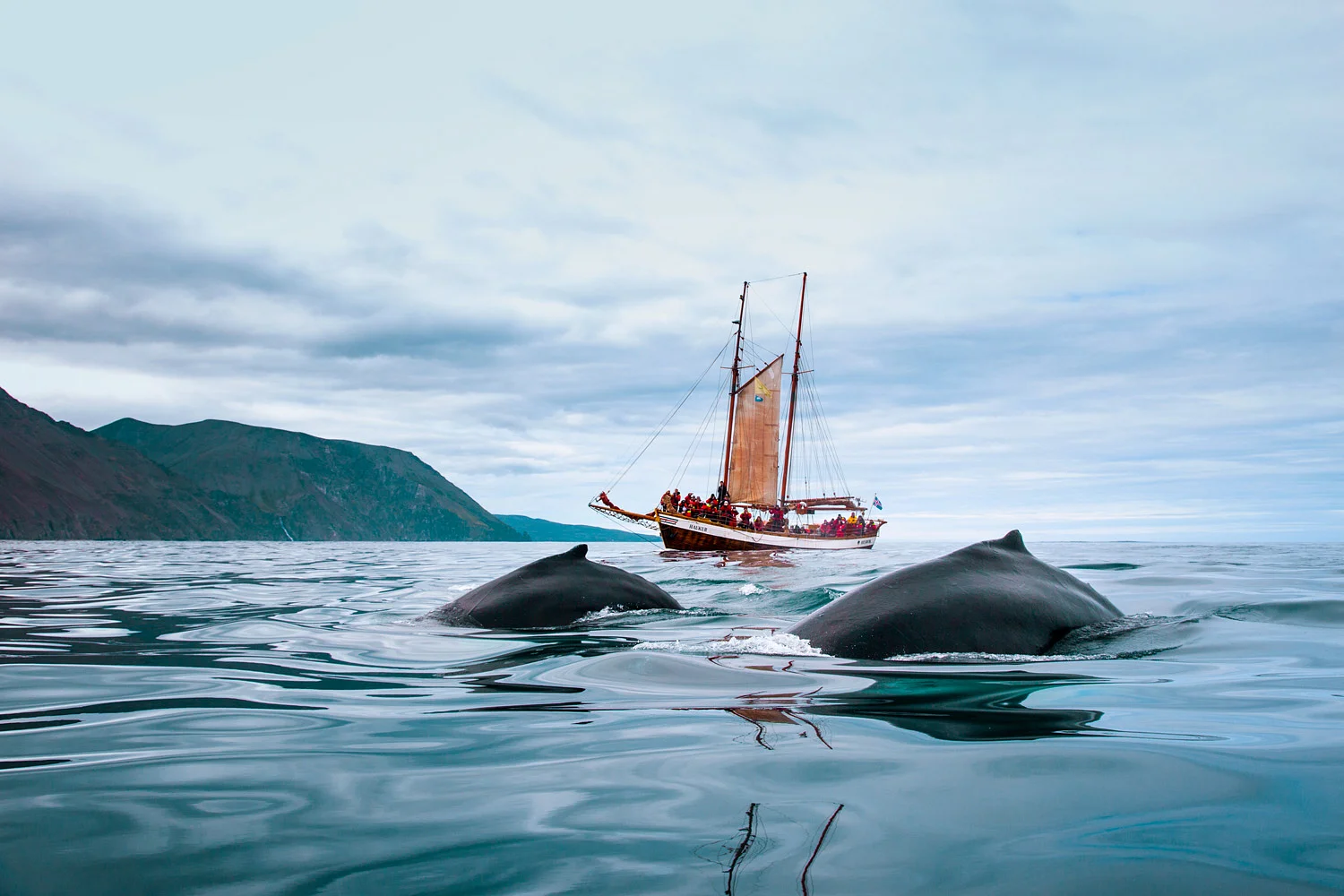
The most common species you will see in Iceland are the Grey Seals and Sea Calf Seals. Do not expect them to be too visible as their fur can be confused with the seaweed on the rocks.
So, you will spot them on the rocks, but you will need binoculars or a telephoto lens to look at them closer. Do not approach them too much to the seals as they may be dangerous if frightened.
One interesting fact about Ytri-Tunga beach is that it has golden sand and not black sand as all beaches in Iceland have. Back in time seals were hunted for their meat and skin, but nowadays people choose to enjoy watching them instead of killing them.
Seals are also related to Icelandic folklore as people refer to them as being mysterious and beautiful selkies. Icelanders are the only Nordic population that considers seals as being beautiful while other Nordic countries refer to them as being evil creatures.
After such a full day of travelling, you can rest in one of the most beautiful places in Snæfellsnes peninsula, the Búðir cottages located near the most photographed church in Iceland, Búðakirkja.
The cottages have glass doors which will give you the most beautiful view right from your accommodation. The place is perfect for seeing the northern lights. Keep in mind also that the cottages are not fully equipped and that means there is no kitchen or breakfast available.
You can book there for two nights if you are planning to do some activities on the Snæfellsjökull glacier.
No photographer has been in Iceland and not photographing a classic Icelandic church or a Scandinavian black house. In the Snæfellsnes peninsula, you will find a black church that has been the subject of many impressive photos through time.
On the south coast of the peninsula, there’s a village with only a hotel, some cottages, and a tiny black church called the Búðakirkja that sits alone among a field of lava rocks.
Back in time, Búðir was a prosperous fishing village and archeologic evidence shows that there have been once important trade posts.
At the beginning of the 19th century, the village was abandoned and only the church remained there.

In 1701 Bent Lauridtsen got a bishop`s permit to build a church in the area. Local legends say that choosing the place to build the church was an interesting process.
An old woman came and suggested how to choose the place of the building by making a man spin until he became dazed, then put him shoot three arrows in the air. The place where the third arrow landed was the place where the church was built.
The church was erected in 1701 renovations were made much later in 1951 and then in the 1980s when the church was relocated to the place that is today and reconstructed to its initial Danish design.
You can start your next day by photographing Búðakirkja under the golden sunrise if you are passionate about photography or not and enjoy the views of such a unique place.
The main road is splitting in two in the area of Búðir and continues to the west on a gravel road and to the north further on Road 54. Turn on the gravel road to explore the western part of the Snæfellsness peninsula. The first stop is Arnarstapi fishing village.
This tiny fishing village has picturesque coastal cliffs derived from glowing magma hitting the wild waves of the Atlantic. Known in Iceland as the most beautiful harbour in the country.
Thousands of years later erosion has formed beautiful stone arcs and a remarkable marine geyser.
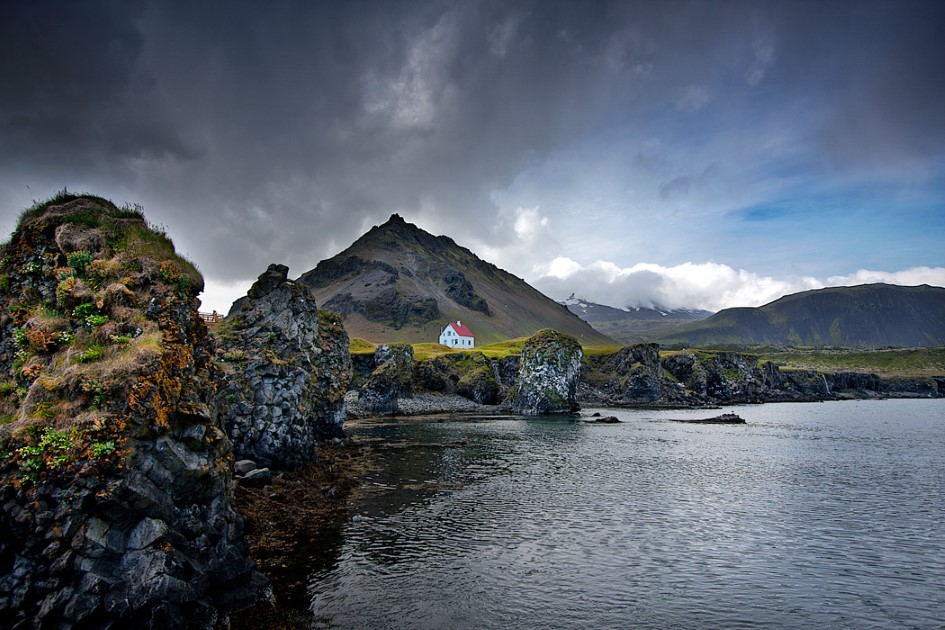
Like many of the coastal villages in Iceland, Arnarstapi was also an important trade post in the past. The village had a much bigger population in the past than it has now.
Besides the fact that is a fishing village, there can also be found large arctic tern colonies and also other bird species like kittiwake and fulmar. In 1979 the seaside and the cliffs between Arnarstapi and Hellnar village were declared Natural Reserve.
Near Arnarstapi there is an impressive geological formation, a stone arch or bridge if you want which is the subject of many photographers who came to Arnarstapi.

The place is called Gatklettur and is very close to the fishing village. If you have some time to wander around, you should check it.
Be careful if you are going to walk on the stone bridge, it can be dangerous and it is not worth putting yourself in danger for a photo.
Snæfellsnes Peninsula has some of the most interesting geological formations you will see almost at every stop.
The volcanic relief in Iceland will amaze you every time with its unique formations. Inland or in water the landscape is always stunning.
So is Lóndrangar and the hill Svalthufa. Uniquely formed remnants of ancient basalt volcanic dikes sticking out from the sea.
Lóndrangar and the hill Svalthufa are the remains of a crater, which has been eroded to its present form by the sea. The rocks are about 75 and 61 meters high and they appear as the turns of a castle, reason why people are calling Lóndrangar “the Rocky castle”.
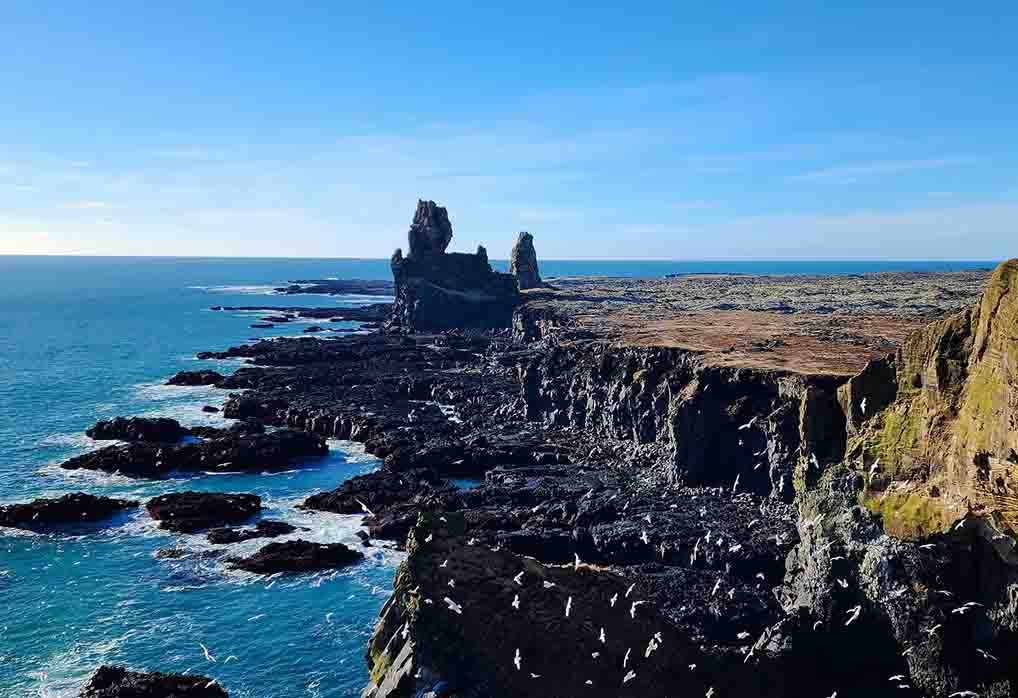
As with any other basalt formations in Iceland, this one has also a mystic signification. Farmers in the area never used the land around Lóndrangar because they believed that elves were living there in the rocks.
Near Lóndrangar is another cliff, Þúfubjarg, where people believe that poet Kolbeinn Jöklaskáld met the devil and struck a deal with him.
The landscape overall may be simple but it’s stunning. On the high cliffs, you will find puffins and fulmars nesting during the summertime.
Following the road further, on your way to the highlights of the Snӕfellsnes Peninsula, you might want to stop for an amazing experience: lava caving. In the Snæfellsjökull National Park is a lava cave very popular for people who want to experience lava caving.
The name of the cave is Vatnshellir Cave and it is translated as ‘Water Cave’. The name is related to the formation process of the cave.
About 8,000 years ago, a volcanic eruption happened on Snӕfellsnes Peninsula and the lava river that flowed from the volcano started to cool from outside to inside. This process left a hollow tube after the lava flowed over and the eruption stopped.
Vatnshellir cave is 200 meters long and 35 meters deep at the deepest point. The cave has amazing colours due to the minerals inside the volcanic rocks: yellow from sulfur, red from the iron deposits, and green from copper deposits.
You will have an amazing experience there. The cave is easily accessible because there is a staircase descending inside it.
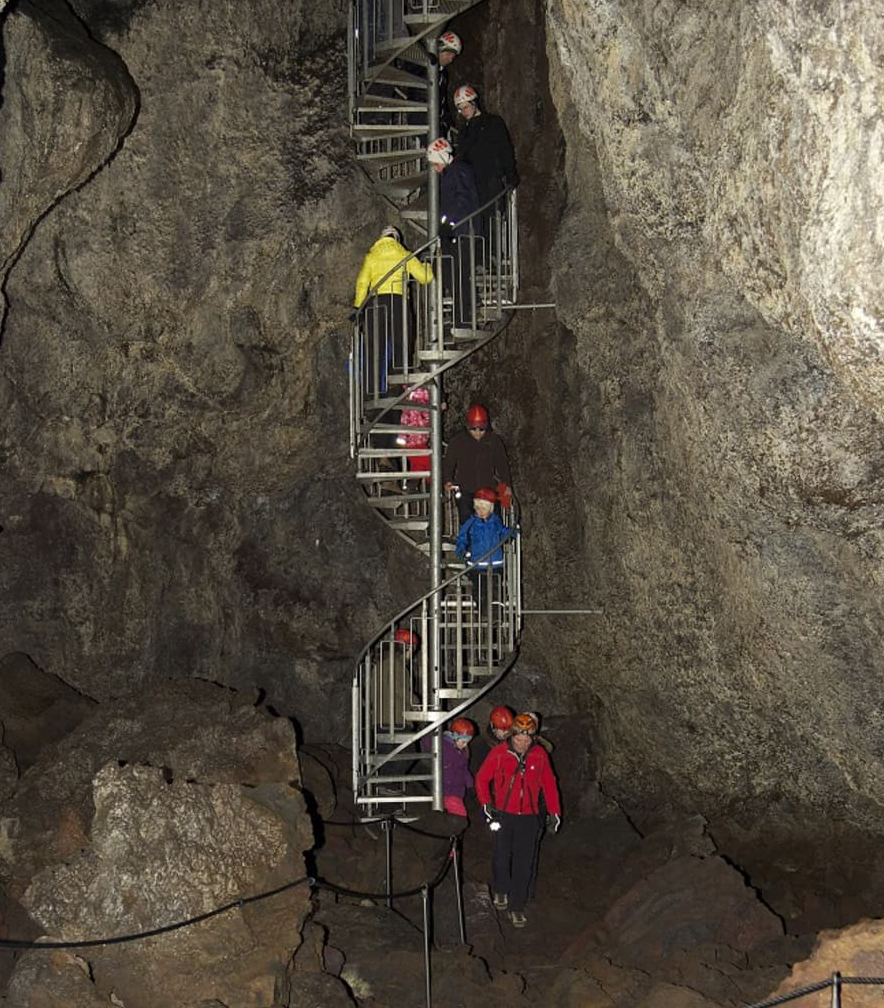
Lava caving in Vatnshellir is an activity available during the summer and there are guided tours organized. It is important to go there with a guide as they know everything about the cave and more importantly, they know the terrain better and if you listen to their tips you won’t hurt yourself.
On a guided tour you will also get the equipment needed.
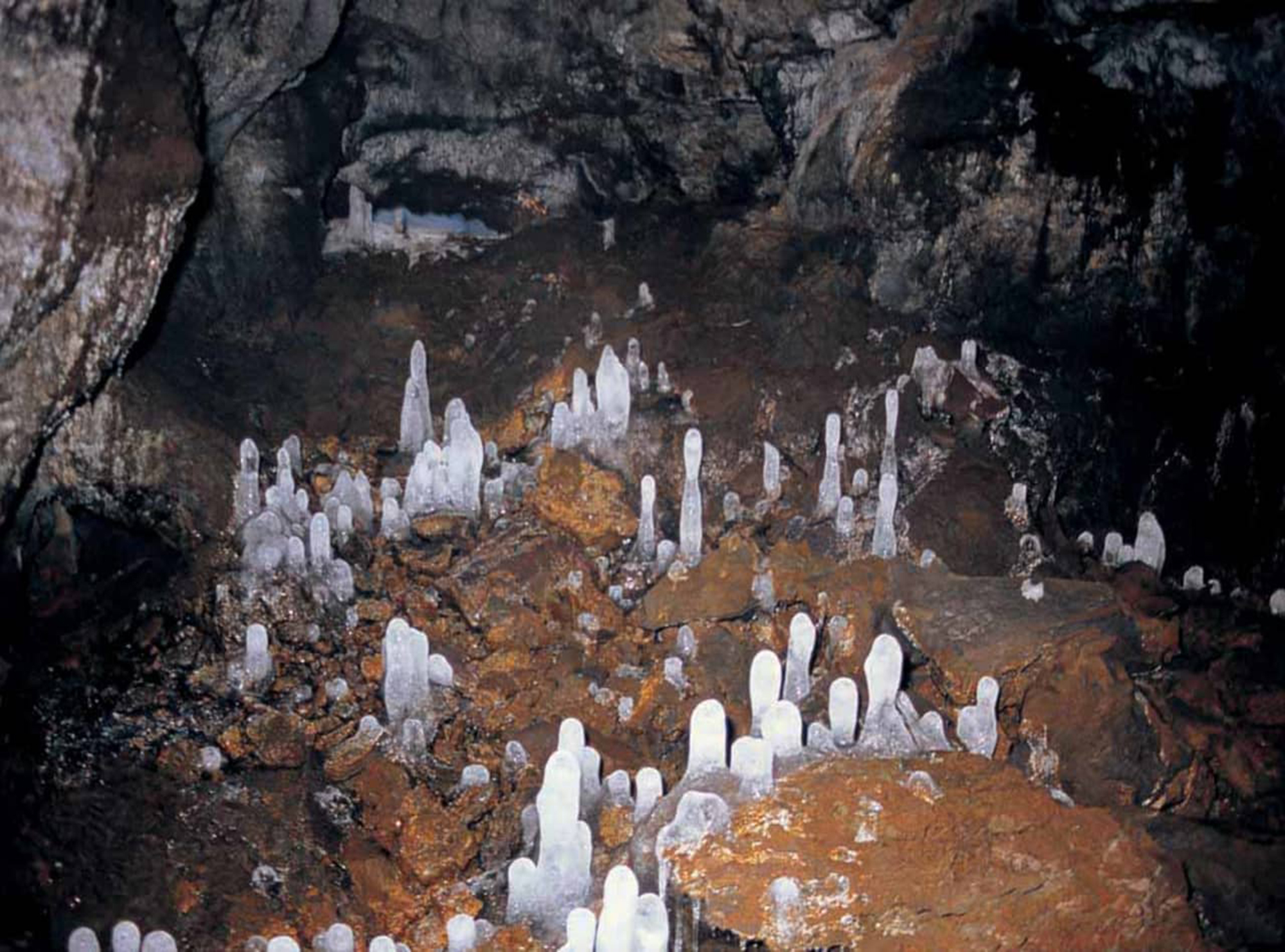
Keep in mind that you should do this tour only if you are fit and trust your legs as the terrain is rough inside the cave. On a tour of the cave, you will also find out from your guide interesting facts about the geology and the folklore of the cave.
People believe that trolls used to live in the caves.
In the same area, you can go on a Snowcat tour on the Snæfellsjökull glacier, but if the time is not on your side, you can drive further to another highlight in the peninsula, Djúpalónssandur.
The Icelandic coastline is always surprising. It is very attractive for photographers as it combines ocean waves, black sand beaches, wildlife, volcanic formations, breathtaking sunrises and sunsets, and in wintertime northern lights.
In the west part of the Snæfellsnes peninsula, you will find Djúpalónssandur. Is a beautiful pebbled beach, with a series of rocks of mysterious form emerging from the ocean. This is one of the few areas that lead down to the sea along this coast with its high dramatic cliffs.
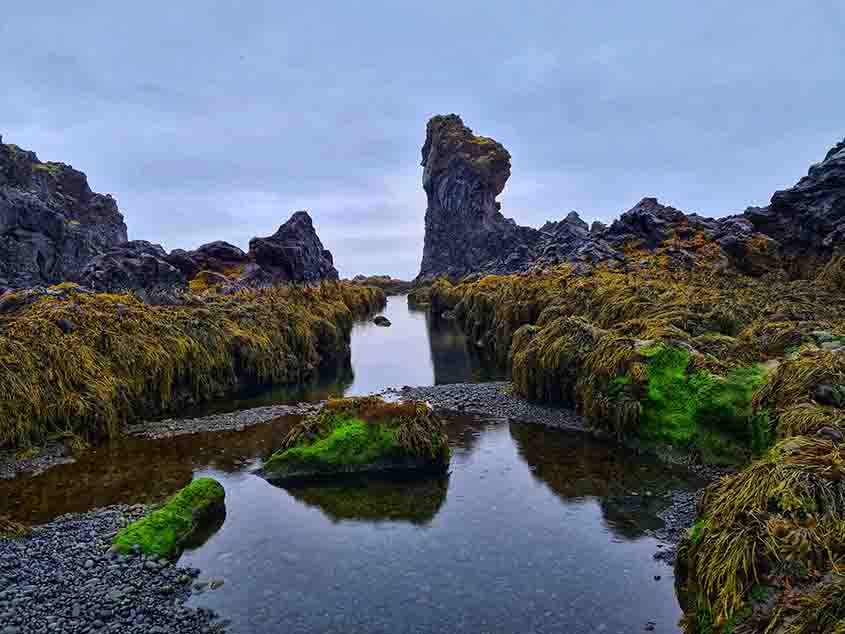
On Djúpalónssandur beach you will find a particular rock formation with a hole in it and through that hole, you can see Snæfellsjökull glacier. Also on the beach, you will find iron pieces from the British trawler Epine GY7, which was wrecked east of Dritvik town on the night of 13th March 1948.
On that night fourteen men lost their lives and the other five were saved by the local rescue team. That night was a blizzard on the ocean and the fishermen lost their grip and started to fall into the cold ocean.
To get to the beach from the main road, you have to follow the path named Nautastígur which means the Path of the Bull. The name of the path was given from the fact that there were bulls that were led on this path to drink water from the lagoon.
If the weather is good while you visit the peninsula, you may probably notice the ice-covered volcano that stands tall and guards the Snæfellsness peninsula.
The Land of Fire and Ice is worth the name as you can find there volcanoes covered by glaciers. All sleeping volcanoes in Iceland that are very tall are covered by ice caps. So is Snæfellsjökull in Snæfellsness peninsula.
The Snæfellsjökull is a 700 000 year old stratovolcano, covered with a glacier. The volcano is 1 446 meters tall and it is the subject or main feature of many writings, sagas, and folkloric tales.
The Snæfellsjökull is located in the Snæfellsness peninsula and on clear sunny days can be seen from Reykjavik. It has many traditional fishing villages around like Hellissandur, Rif, and Ólafsvík.
Snæfellsjökull is now part of the Snæfellsjökull National Park which is one of the three national parks in Iceland and it was established in 2001.

In August 2012, there was a phenomenon that made people aware of climate change. For the first time, there was no snow or ice on the peak of Snæfellsjökull.
Around the Snæfellsjökull, there are a lot of stories and legends. It is believed that the volcano has special spiritual energy; also people believe that is a source of mysticism and mystery.
The Snæfellsjökull is also the subject of many folkloric stories and it is mentioned in the Snæfellsáss saga by Bárðar who wrote this saga in the late 14th Century.
The saga tells the story of a creature half-human half-troll named Bárður, who became the “guardian spirit of Snæfellsjökull’. Along with this story, some people believe that the rock formations that are near Snæfellsjökull are trolls who were touched by the sunlight and became petrified. Other people believe that in those rock formations are living elves that are hiding from people.
Belief about the mystical powers that the mountain gathered around in 1993 thousands of people believed that on the mountain would be an alien landing.
Even a crew from CNN came there. Of course, the evening didn’t bring any alien landing but the place remains for many a special and mystical centre.
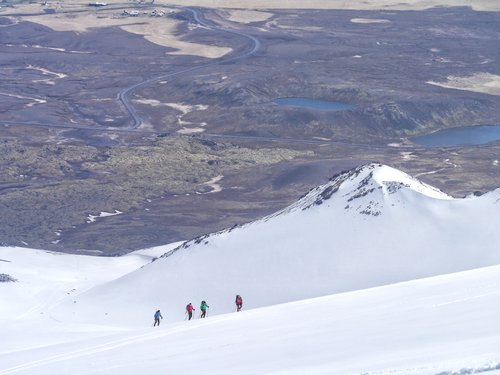
Besides its mystical significance, the volcano was also the subject of famous international writing. The volcano was the entrance to the centre of the earth in the Jules Verne classic novel “Journey to the Centre of the Earth”.
The Snæfellsjökull appeared in a Czech writing ‘‘Blind Birds’’ that is written by the science fiction writer Ludvík Souček and also in an Icelandic novel, ‘Under the Glacier’ written by Halldór Laxness.
Add this mystical place to your bucket list and experience a spiritual journey on one of the most mysterious sites in the world.
I may be biased, but I think there is no type of relief as spectacular as volcanic relief. And here in Iceland, we have a lot of this kind the whole island is made up of volcanic activity from millions of years ago.
While on the Snæfellsnes peninsula, you should add to your bucket list the Saxhóll Crater.
Saxhóll Crater is the best place to see the remains of an ancient volcano that once threw hot lava from the centre of the earth at its surface.
It is also the easiest hike that will give you breathtaking views over the Atlantic Ocean, over the Snæfellsjökull glacier, and the mossy lava fields around.
The crater is part of the Snæfellsjökull National Park in the Snæfellsnes peninsula. It represented a tourist attraction from many years ago, and because the place was so visited, people created a path to the top of the crater.
Over time, as the number of visitors increased, the materials on the path started to deform the landscape.
To protect the crated from any other damages, an intervention has been made and some steel stairs have been put on the old path. The path was considered to be too steep so the stairs made the path easier to hike.
If you want to read more about this project at Saxhóll Crater, you can check the International Biennial of Landscape Architecture, Barcelona site.
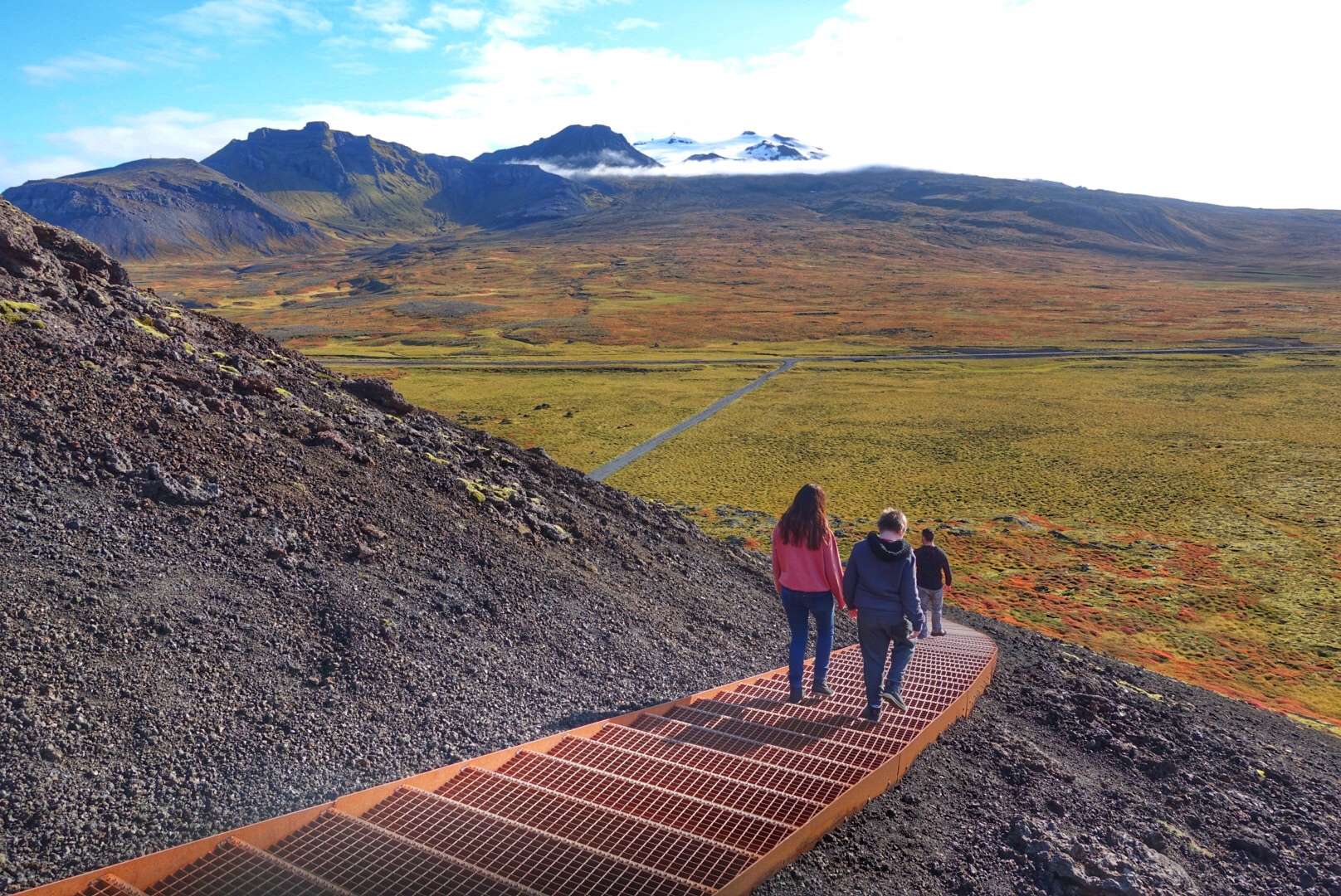
The Saxhóll Crater is about 100 meters high and the stair path to the top has 396 steps. The stair was built in 2014 and in 2018 was awarded Rosa Barba International Landscape Prize 2018.
Since 2017, the project at the Saxhóll Crater has been awarded four times in just one year, including the prize mentioned. For real the landscape is amazing, but do not believe me! Come to Iceland and convince yourself!
After a day full of exploring the mesmerizing highlights of the peninsula you deserve a delicious dinner. You will find a lot of delicious dishes at the restaurants from which to choose. You can stop overnight either in Grundafjörður or in Stykkishólmur.
Both towns are close to the most famous place in the Snæfellsness peninsula and probably from Iceland too: the Kirkjufell Mountain.
Situated on the north coast of Snæfellsnes peninsula Kirkjufell mountain and Kirkjufellfoss is a landmark included in many tour packages. The mountain is only a two-hour drive from Reykjavik.
Once you arrive in Grundarfjörður, you have to drive a few minutes west down route Snaefellsnesvegur 54 to get to the base of Kirkjufell where is also a parking space free of charge.
The name Kirkjufell which means `church mountain` was given for its appearance as a church steeple. From other angles, the mountain resembles a witch`s hat or a cup of ice cream.
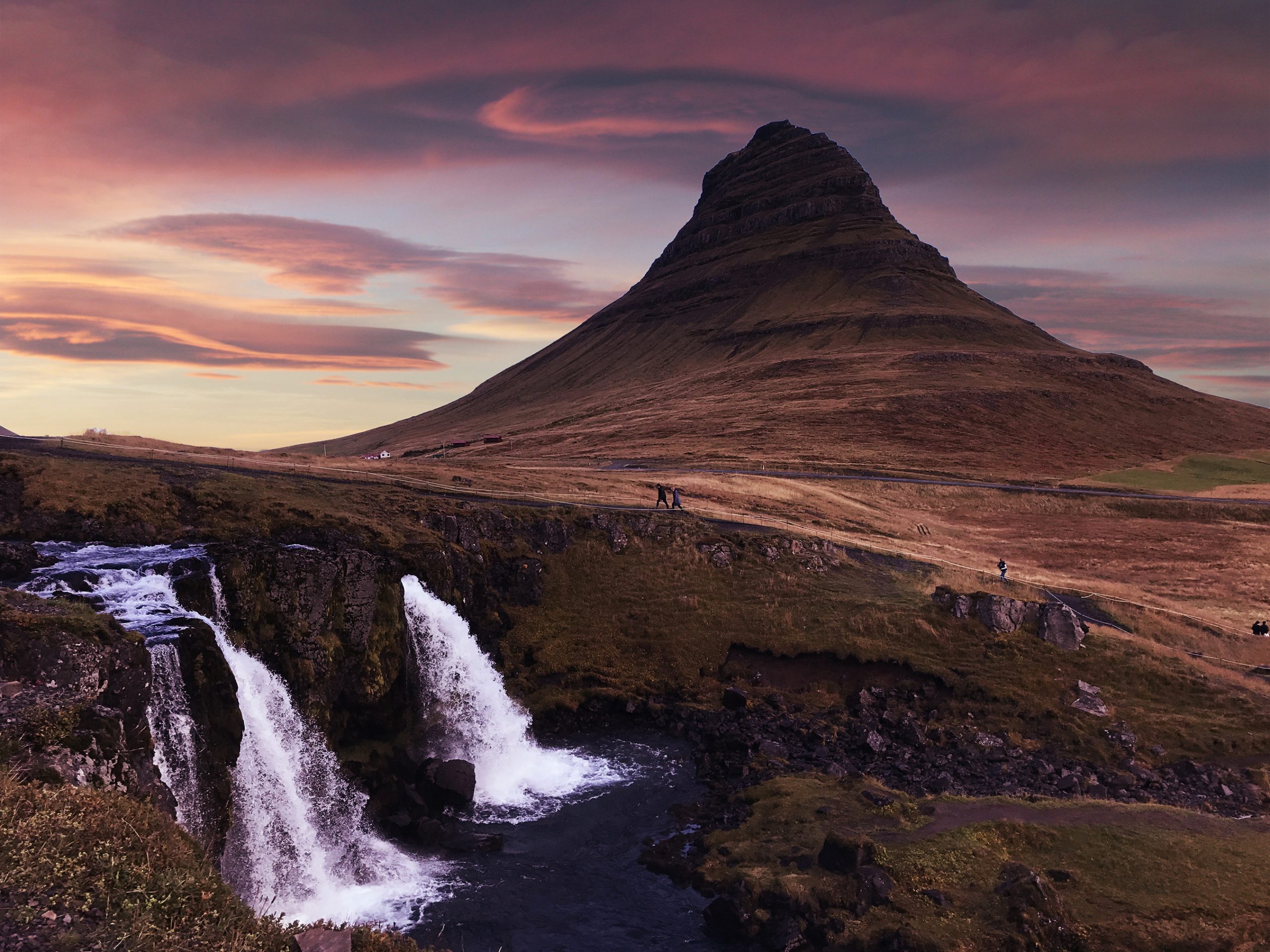
Kirkjufell Mountain is 463 meters high (1519 feet) and has represented a landmark for seafarers as its position near the shore makes it visible from the sea. In the past years, as tourism developed fast in Iceland, Kirkjufell Mountain became an attraction for photographers.
One of the most known pictures on the internet from this place is the one with the Kirkjufell mountain and Kirkjufellfoss. To find this perfect frame of the mountain and waterfall together, you have to be on the south side of the mountain.
You can park in the Kirkjufellfoss parking lot and follow the hiking trail all the way south to surround the waterfall.
But of course, there are a lot of angles from which you can photograph this mountain. At the base of the mountain, you will find a lake. This lake makes a perfect reflection of the mountain when the weather is calm.
Do not be disappointed that the mountain does not look as you expected, you may be on the wrong side. Even though, this mountain is spectacular from any angle in any season.
You may also know this landmark from the best-known HBO series `Game of Thrones’. The mountain appeared in a scene in season 7.
If you want to hike on Kirkjufell you have to know that despite its modest high, the trail can be challenging and you should hike it only if you are an experimented climber.
Otherwise, you should hike with an expert guide. To hike on Kirkjufell takes only one hour and a half in one go.
Your next and last stop from your tour on the Snæfellsnes peninsula can be a place that will give you a true Icelandic Viking experience.
When it comes to traditional Icelandic cuisine you will find a lot of uncommon dishes that for Icelanders are just normal. A significant part of traditional Icelandic cuisine dates back to the Viking times when people used all-natural resources they had to survive.
Back in a time when massive imports of food did not exist, people used all the natural resources to make food and survive. The harsh weather conditions and the barren soil limited plant growth so people had to eat more meat as they grew and hunted animals.
The rotten shark is something that amazes and disgusts people at the same time. And of course, the name says all; it is a rotten shark (kæstur hákarl).
But the secret is that it’s not left somewhere to rotten and then eaten, for this dish is an entirely interesting process.
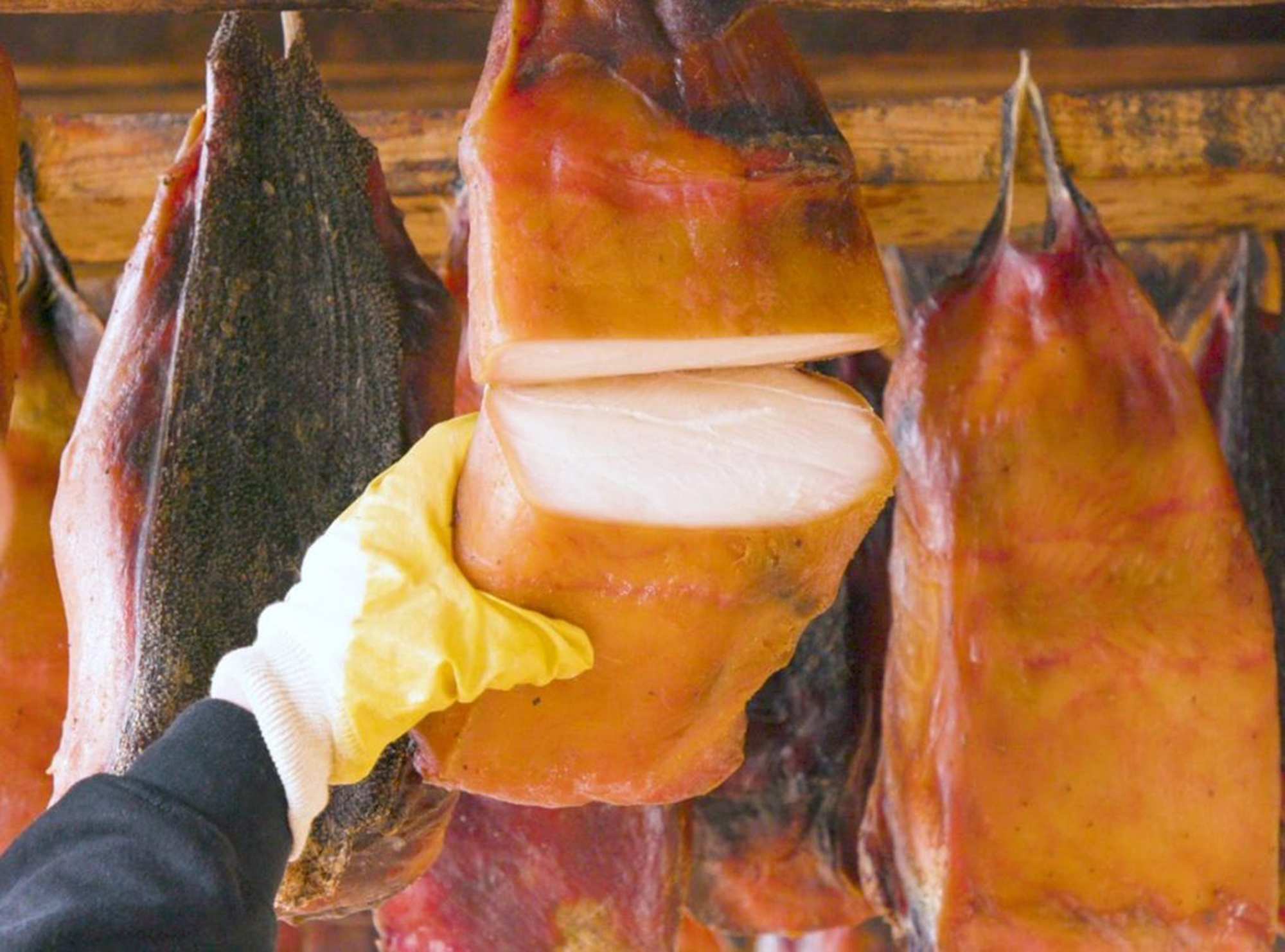
Nowadays the process is a bit different than Viking used to do it. Back in time, people needed a way to preserve food during the wintertime so they found a way to keep the shark meat for many weeks.
Because of the limited access to food, they used to catch and cut the shark soak it in urine, then bury it in the sand and gravel, and cover it with sand and stones to press the fluids out from the meat.
The shark was kept fermenting for about six to twelve weeks but this depends on the season. After the fermentation period, they cut the shark into strips and hang it out to dry for several months. After the shark dries it gets a brown crust which is removed and then is ready to be served.
The rotten shark is not a part of daily cuisine anymore but it is served by locals at the midwinter festival called þorrablót. But here’s a secret: you don’t need to come during winter to try the rotten shark, because In Snæfellsnes Peninsula you can witness this process at Bjarnarhöfn Shark Museum and you will have the chance to see rotten sharks.
Bjarnarhöfn Shark Museum is located in the North of the Snæfellsnes Peninsula. At this museum, you will not only learn about the process of making rotten sharks but you will learn about the sharks, how they catch the sharks, and what tools and boats they use.
The museum is located between two important towns in Snæfellsnes Peninsula, one is Grundafjörður and the other is Stykkishólmur. If you are on a tour of the Snæfellsnes Peninsula stop and visit Bjarnarhöfn Shark Museum and learn more about Vikings and Icelandic traditions.
All those adventures can be accompanied by delicious Icelandic and international meals in one of the many beautiful restaurants across the country. For the Snaefellsnes Peninsula, we have some recommendations for you.
If you were patient enough to read the entire blog, Thank you! And if you decide to visit the Snæfellsnes Peninsula when you come to Iceland, maybe a self-drive tour will be the perfect option for doing it. We even design the tour depending on your preferences so do not hesitate to contact us.
Also, if you took my recommendations, please let me know what you think about the Snæfellsnes Peninsula. It is a mini-Iceland? How would you describe it? Write your thoughts on our social media.












